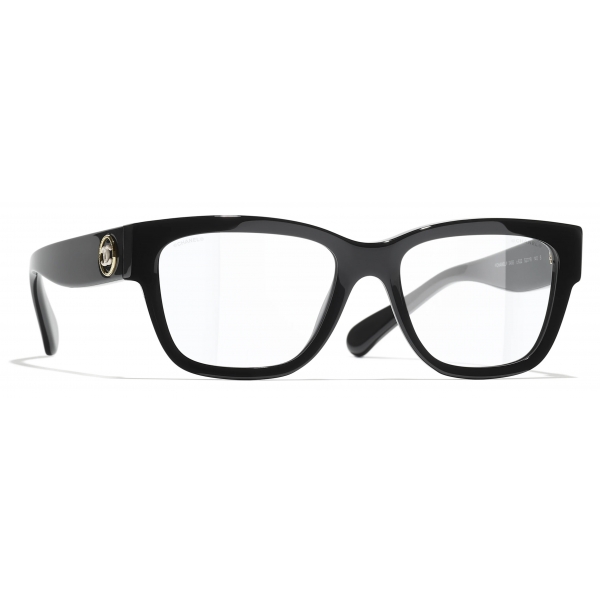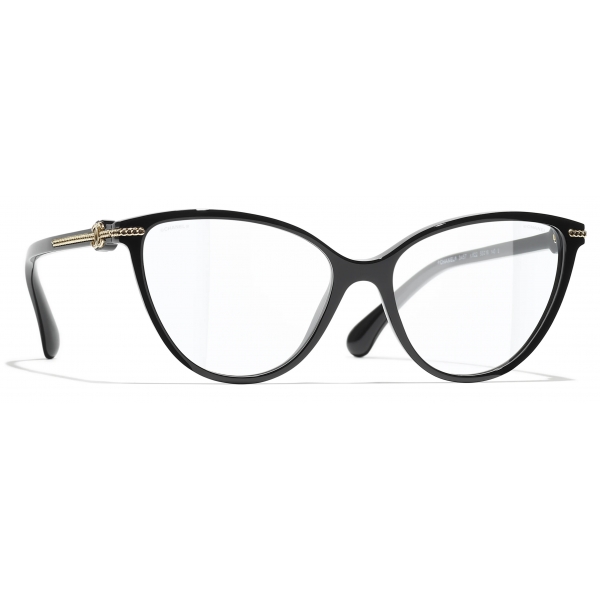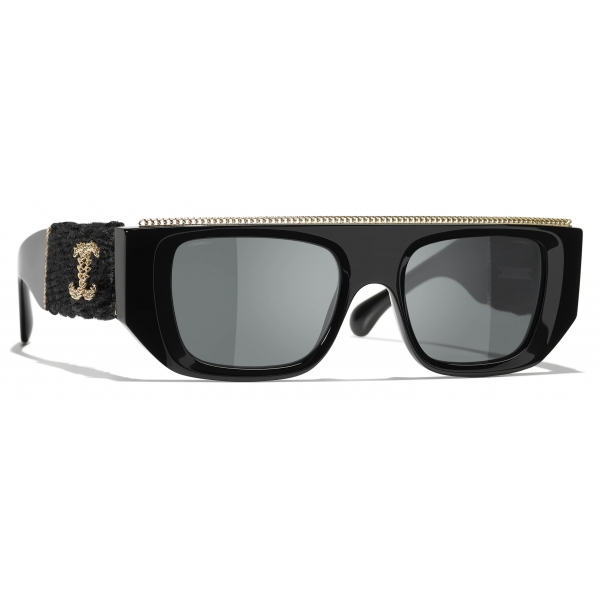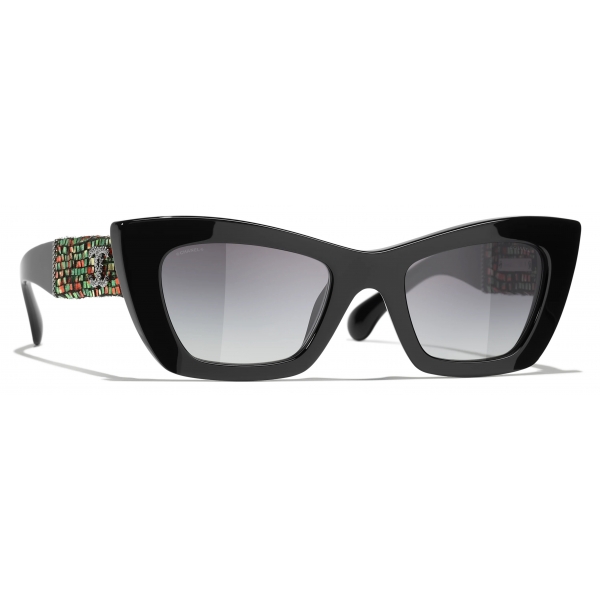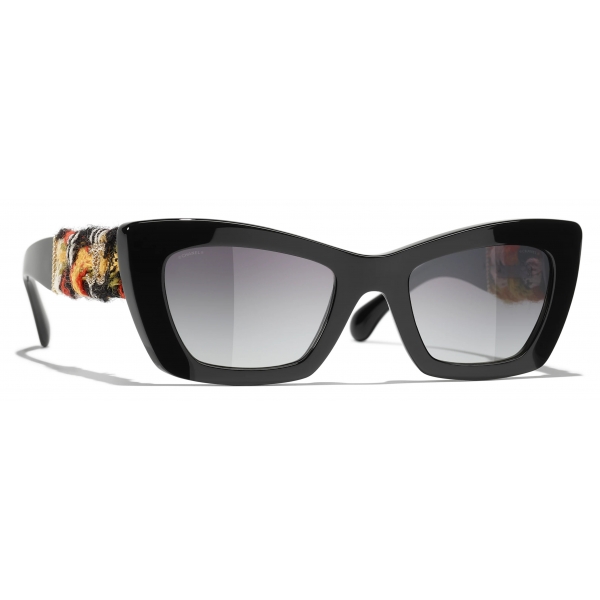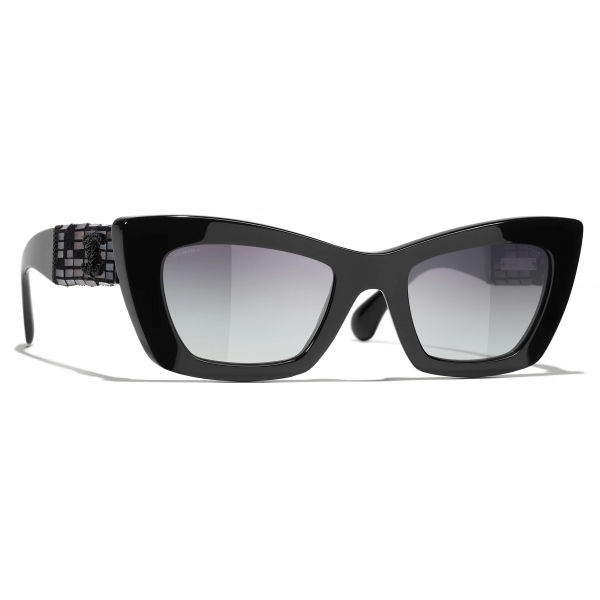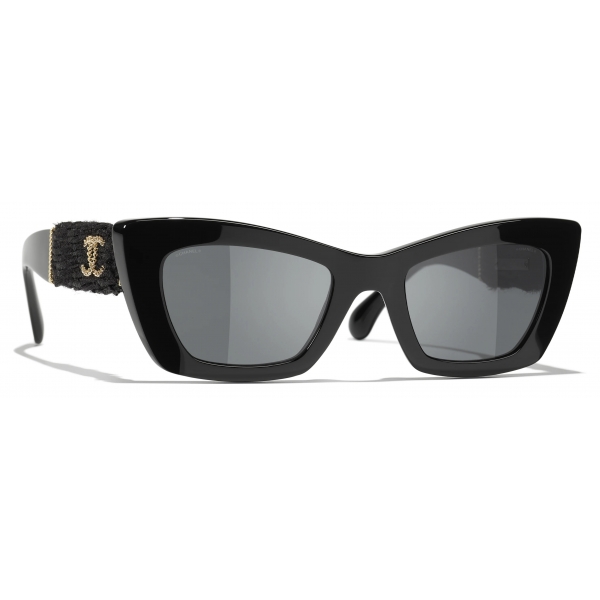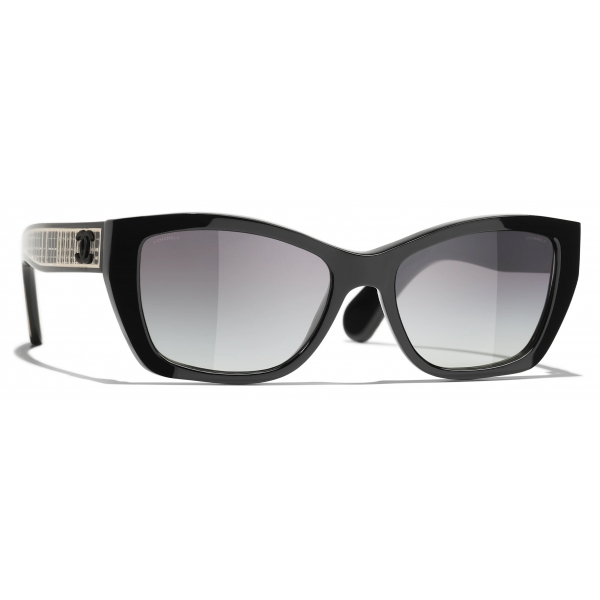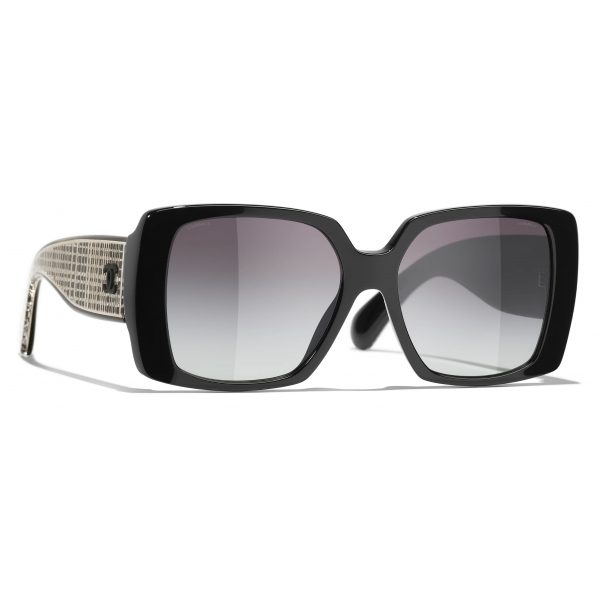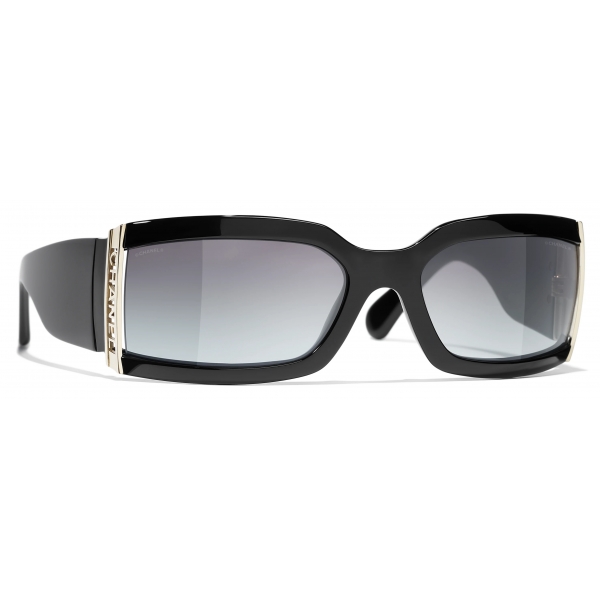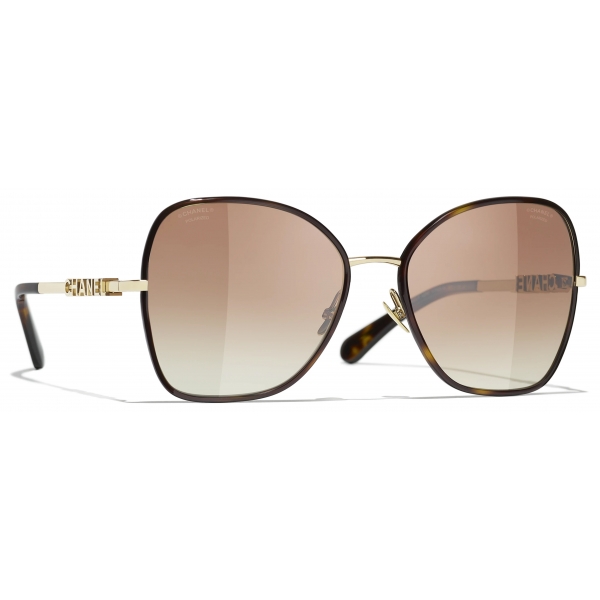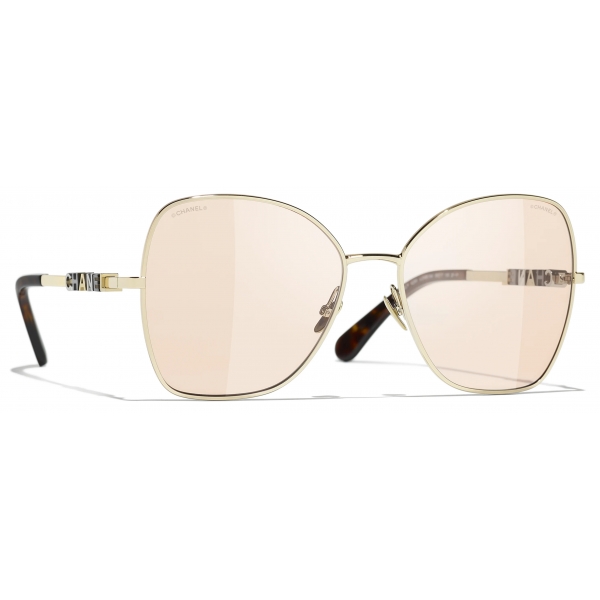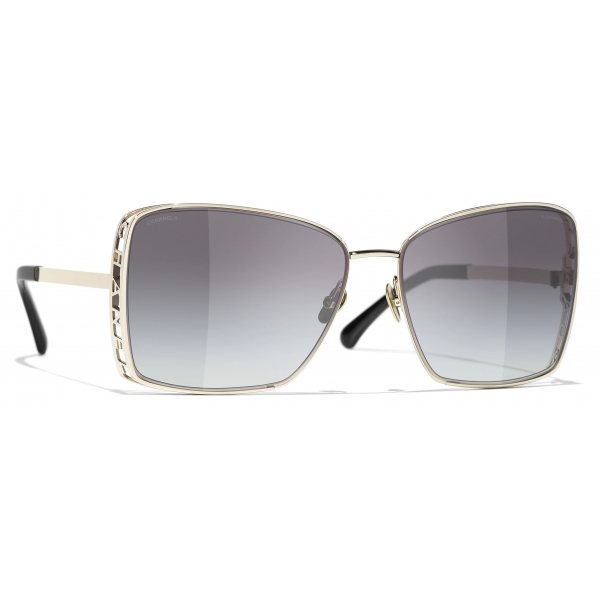No products
Categories
- Fashion Accessories
- Clothing
- Beauty & Lifestyle
-
Hi-Tech & Lifestyle
- Gaming
-
Case
- iPhone 11 Pro
- iPhone 11 Pro Max
- iPhone 11
- iPhone X / XS
- iPhone XS Max
- Samsung S10 / S10+ / S10e
- Huawei P30 / P30 Pro / P30 Lite
- Huawei P20 / P20 Pro / P20 Lite
- iPhone XR
- Samsung S9
- Samsung S9+
- iPhone 8 / 7
- iPhone 8 Plus / 7 Plus
- Samsung S8
- Samsung S8+
- Samsung S7
- Samsung S7 Edge
- iPhone 6 / 6 s
- iPhone 6 Plus / 6 s Plus
- iPhone 5 / SE
- Skin
- Audio
- Smart Home
- Drones & Hoverboard
- Photo & Video
- Desk Supplies
- Accessories
- Games
- Beverages
- Food
- Home
- Jewelry
- Luxury
- Travel
- Art
- Footwear
- Vintage Fashion
- Restaurants
- Sport
- Animals
- Gift Ideas
- Kidswear
Extra
Chanel
The Revolutionary Coco
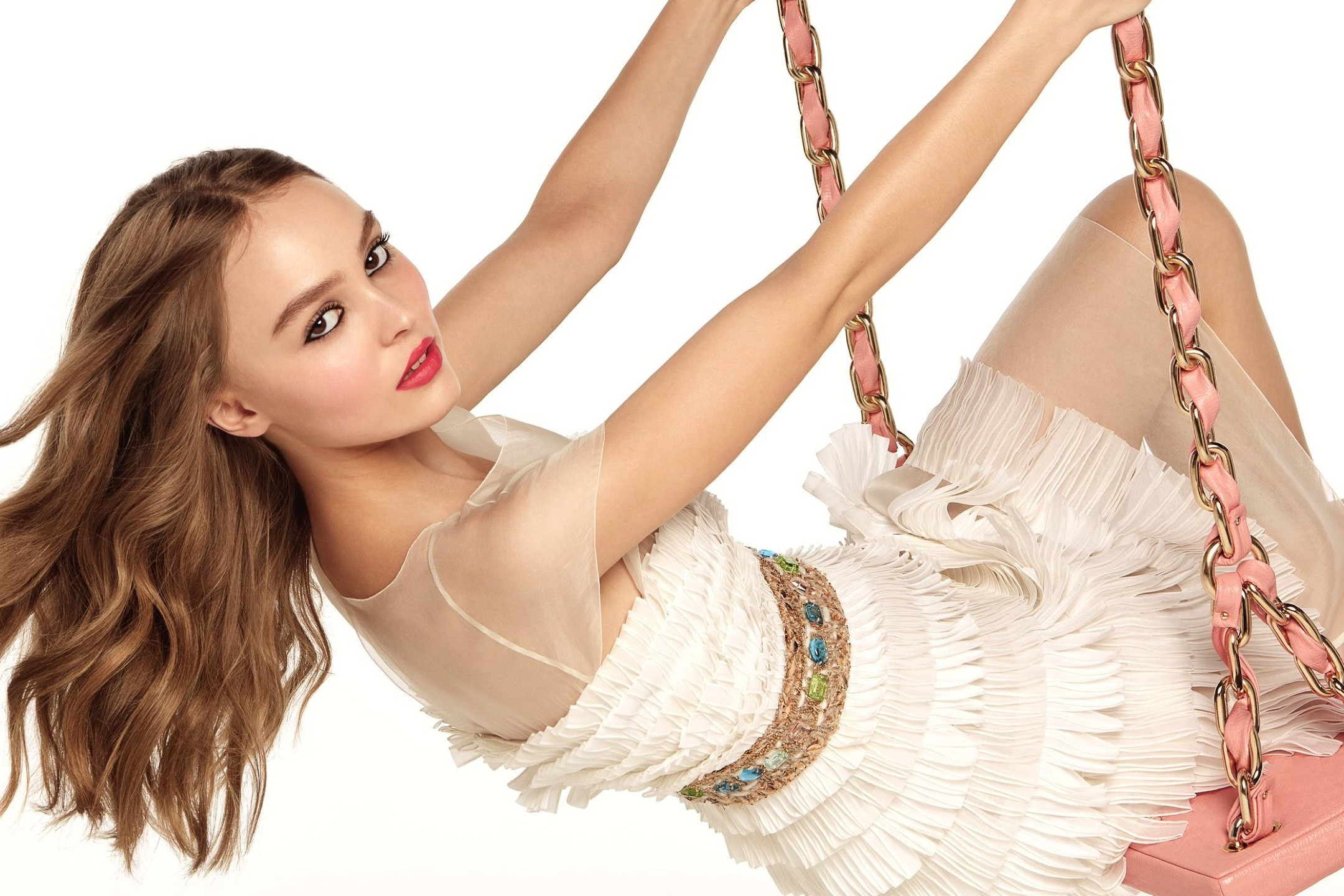
“Actually, no-one has ever done anything new since that time. It’s all still based on Chanel’s style around 1925” - Walter Albini
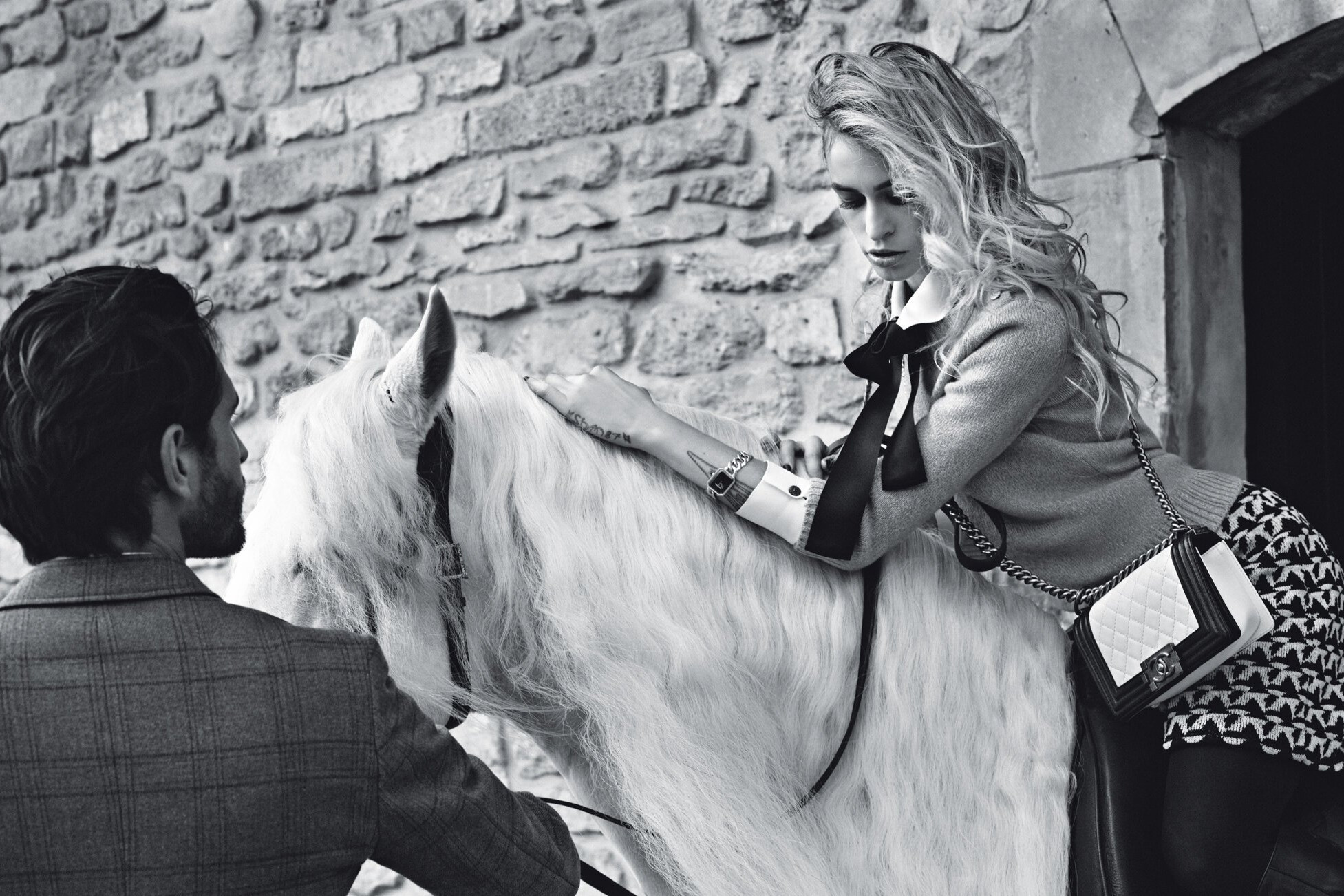
Identity
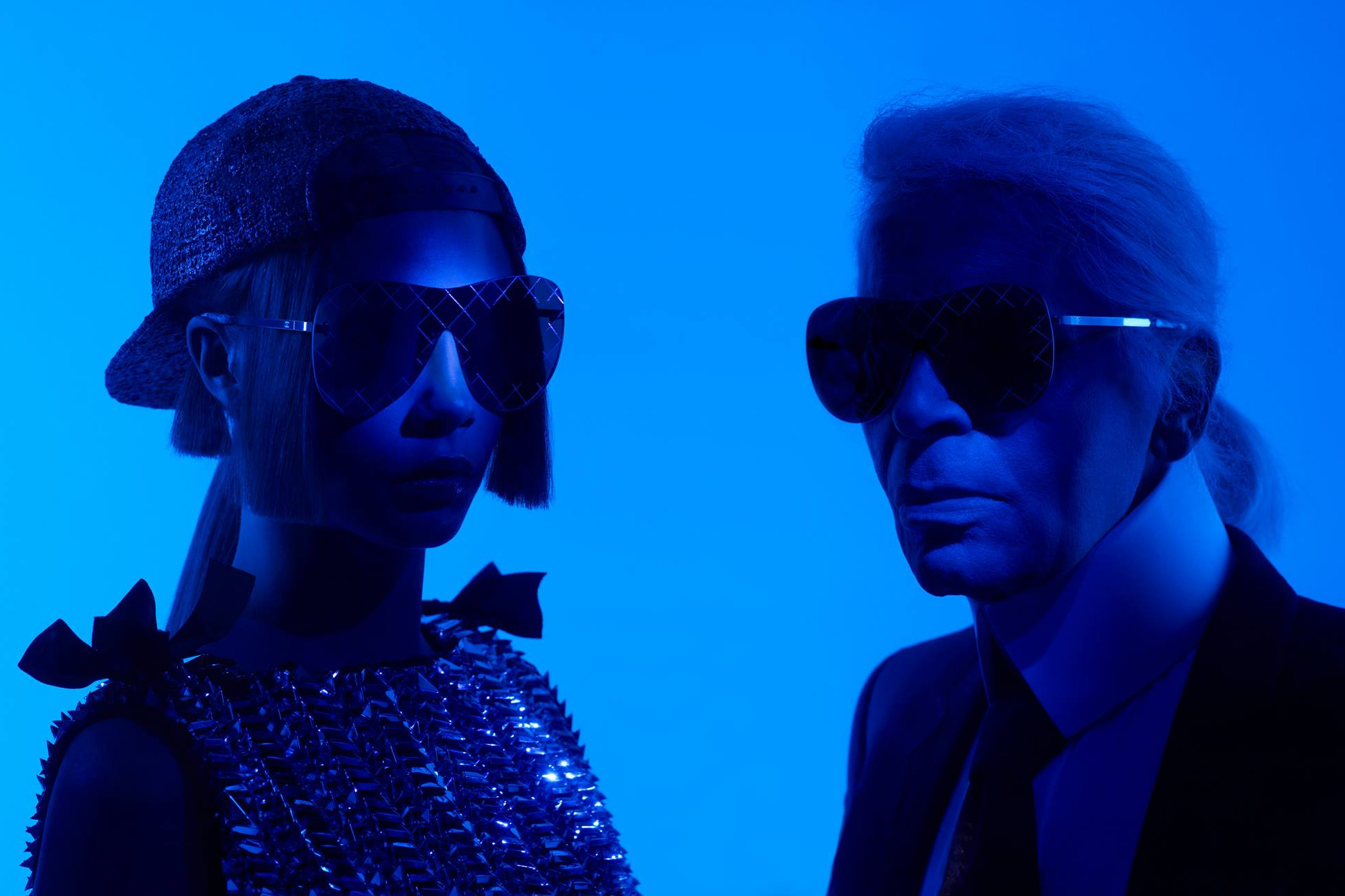
Gabrielle Chanel, a strong and ambitious woman, overturned the women fashion, that was constrained within a rigid social pattern.

Chanel the “modiste” didn’t belong to the Parisian aristocracy, nor to the high bourgeoisie, but she managed to make à la page the dressmakers and saleswomen’s dresses even for the rich ladies from Deauville. She was born on August 19th, 1883, in a small village in the South of France; Coco started out in the fashion industry in 1908, creating hats in Paris and later in Deauville. In the 10s, those cities plus Biarritz saw the opening of her first shops.

During the Belle Epoque, women were constrained in rigid corsets and wore pleated, draped and reinforced dresses with petticoats. Furthermore, you have to consider that the taste of the time imposed an exotic and oriental appeal.
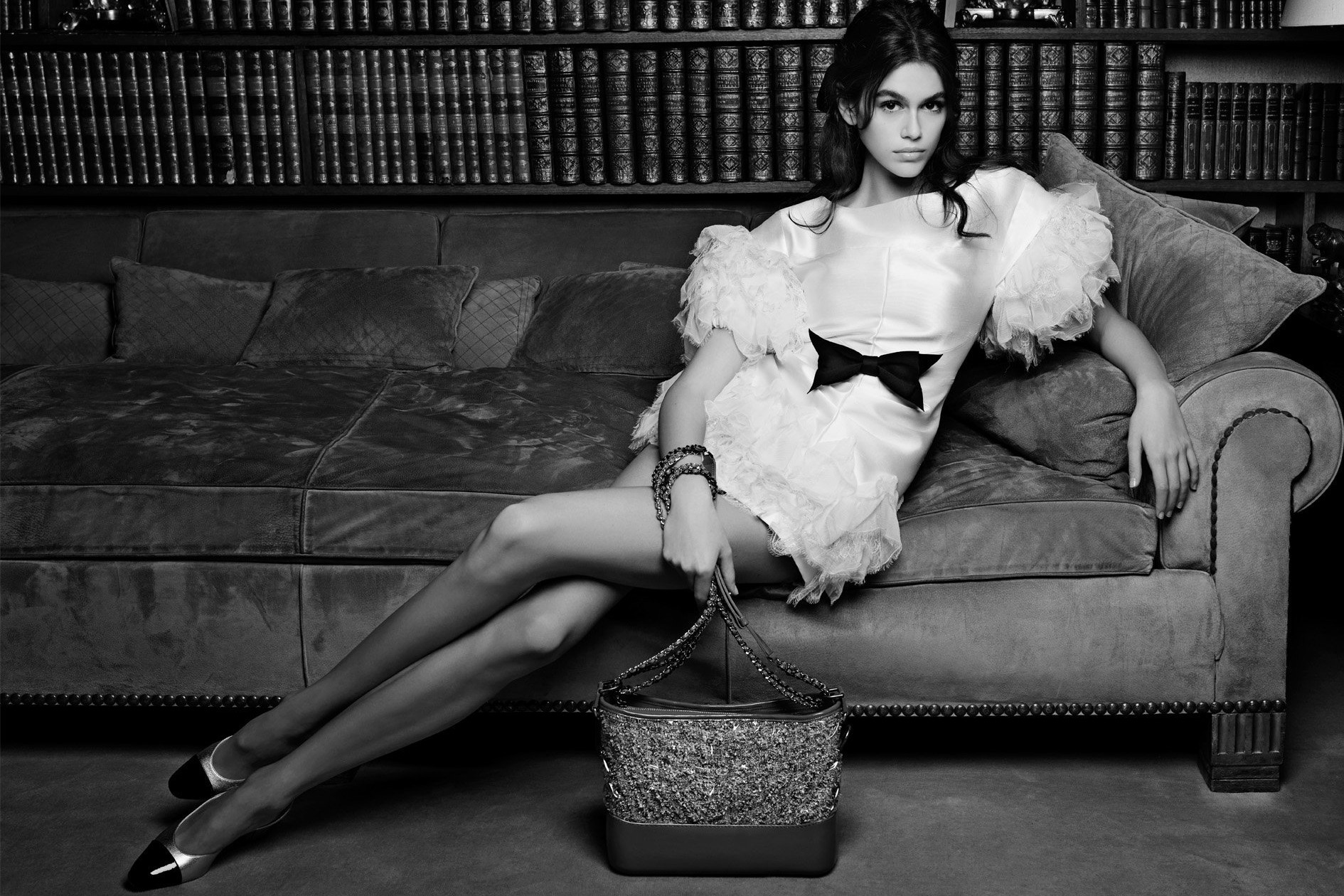
It is not difficult to imagine how a fashion style aiming at overturning those rules was considered visionary and impudent at that time. In the same years, Paul Poiret and Mademoiselle Vionnet freed women from corselettes, while Paquin introduced a flowing shape and an Empire style waist.
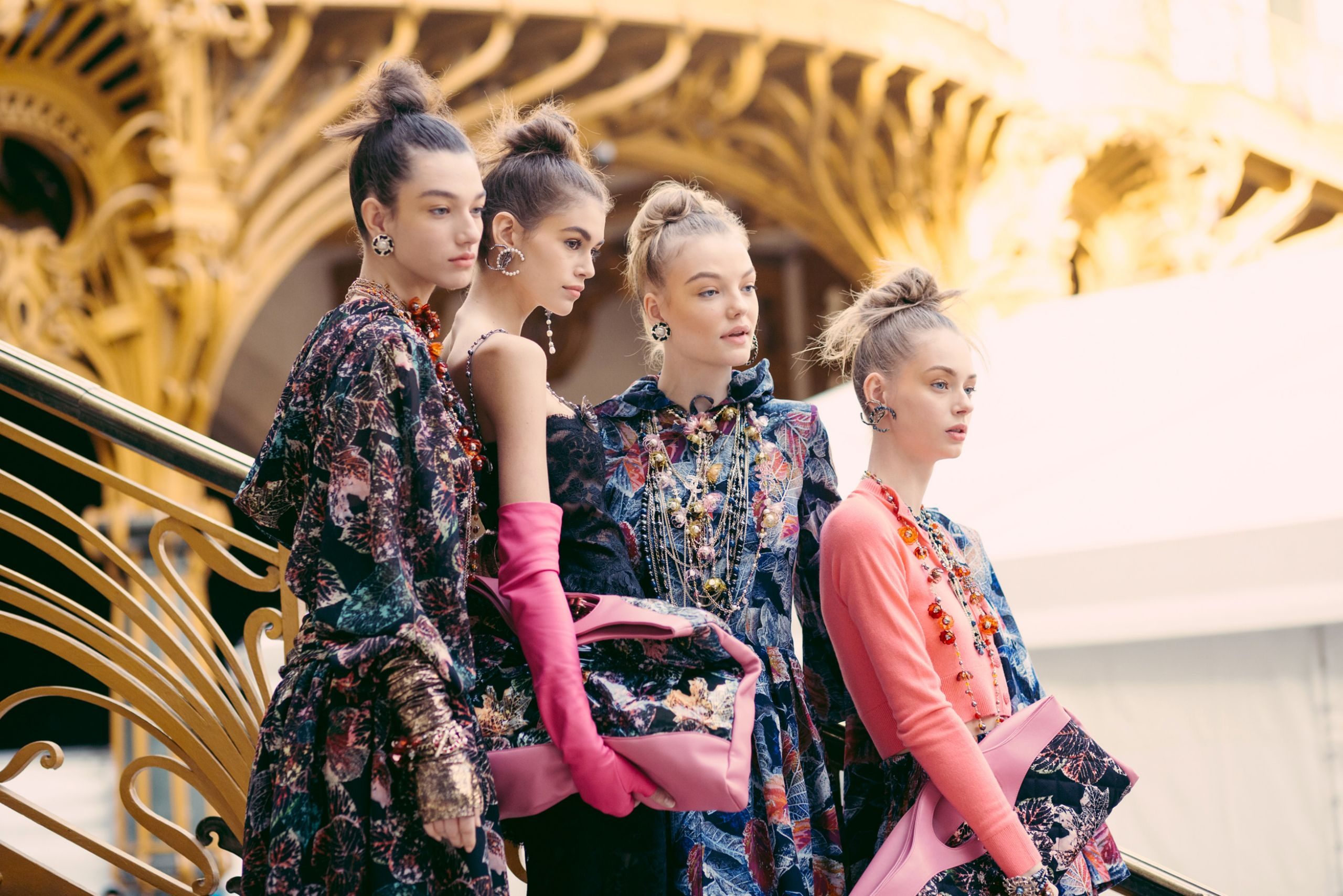
While Coco Chanel, that wore menswear, with a fondness for the comfortable, androgynous and sporting style - created to follow the body, not to dominate it - wanted to empower women and make them independent.
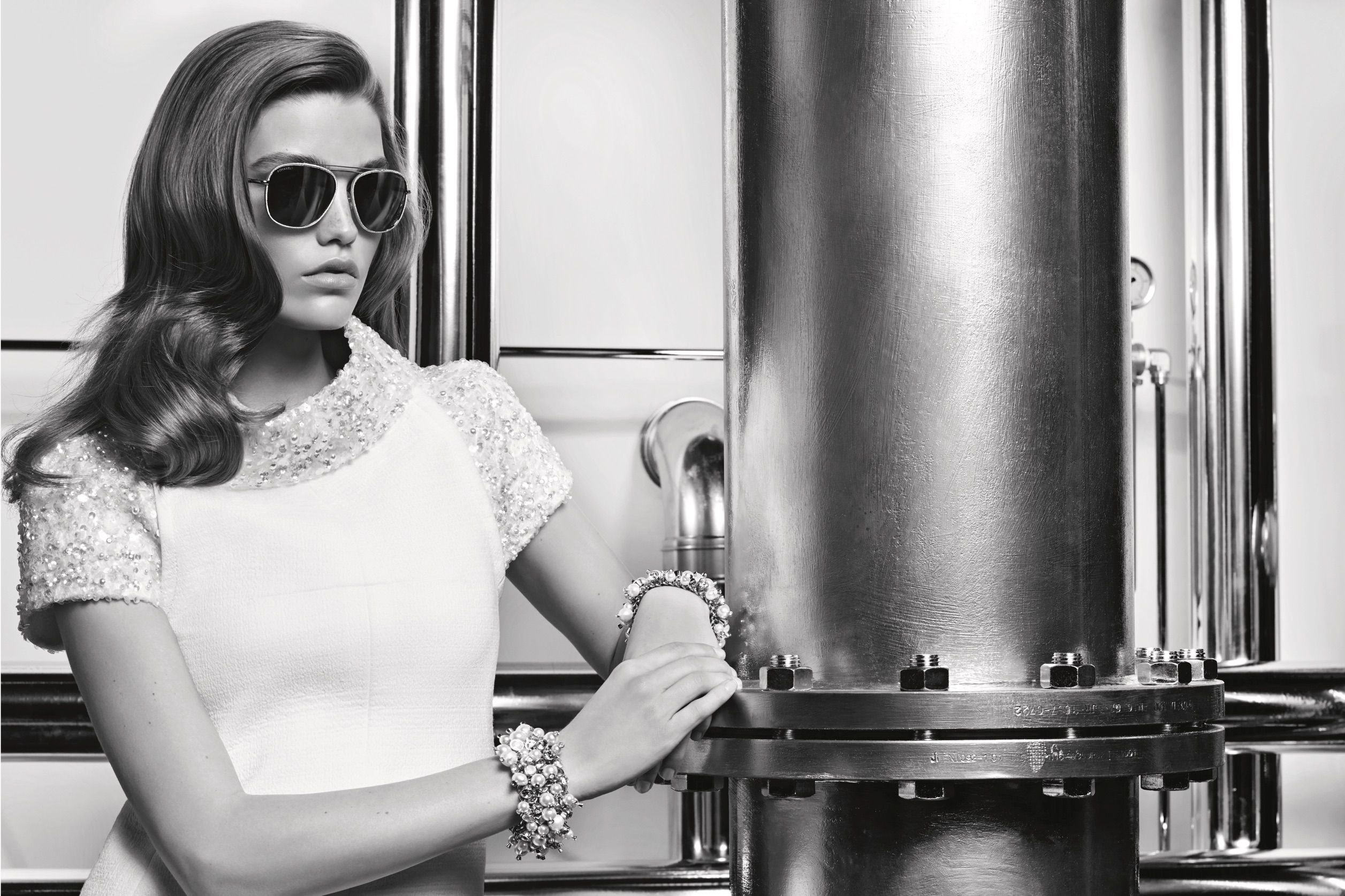
Thus, it’s easily understood how she had been ostracized in her first work years. Meanwhile, the First World War broke out, and all extravagances were appeased, because during war times customs must be sober; but women’s participation in public life increases, they work and have the right to vote.
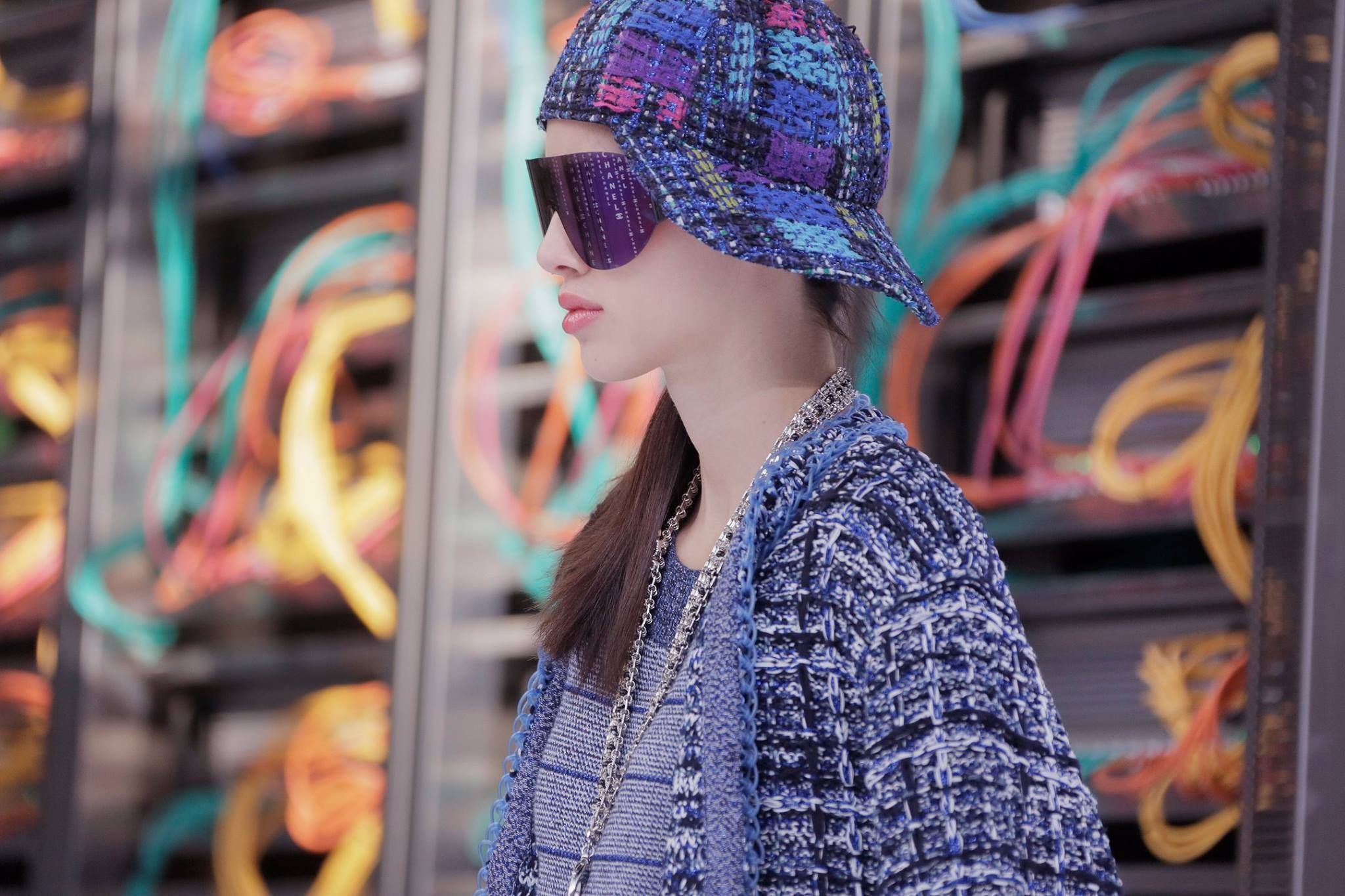
Coco aimed at a décontracté style, such as long straight skirts, cardigans, flowing blouses with loose belts clenched at the waist. And the more suitable fabric for her needs was the jersey, for which she obtained the sole rights in 1916.

In 1920, her historic office in 31, Rue de Cambon opened up, and in 1921 she launched the most famous perfume ever, Chanel n. 5, that was later followed by many others, such as N. 22 Gardénia or Cuir de Russie, and finally N. 19 in the 70s.
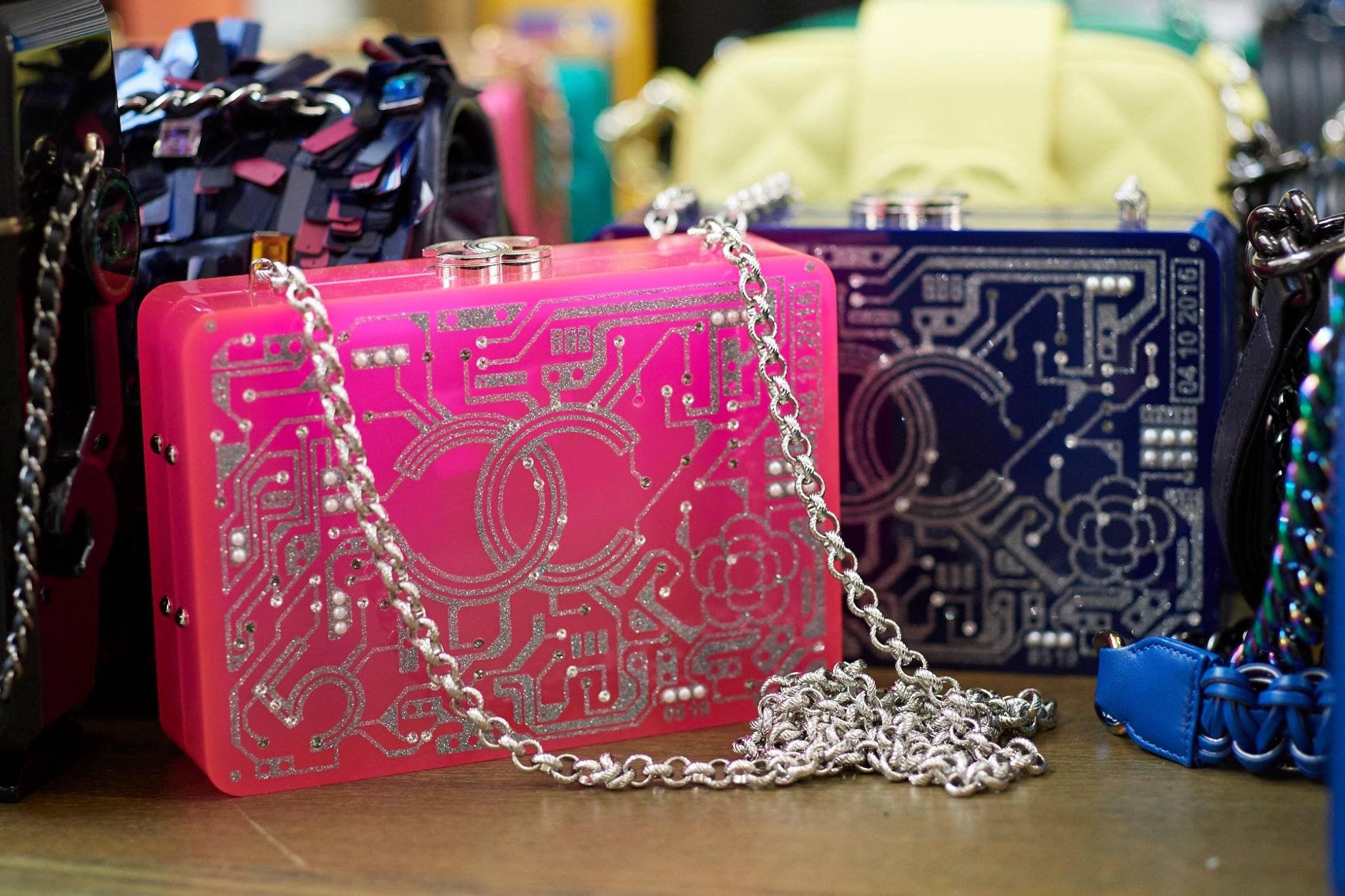
Corsets and whalebones were then far away, and Chanel’s woman was free to fully show her charm: she was not voluptuously beautiful, but a sporting and independent worker, she was a paean to naturalness. Around mid 20s, she introduced the petit robe noire, a black dress in the shape of a bag or an apron, with no marks on the waist but with white cuffs and collars, to be worn with cloche hats.
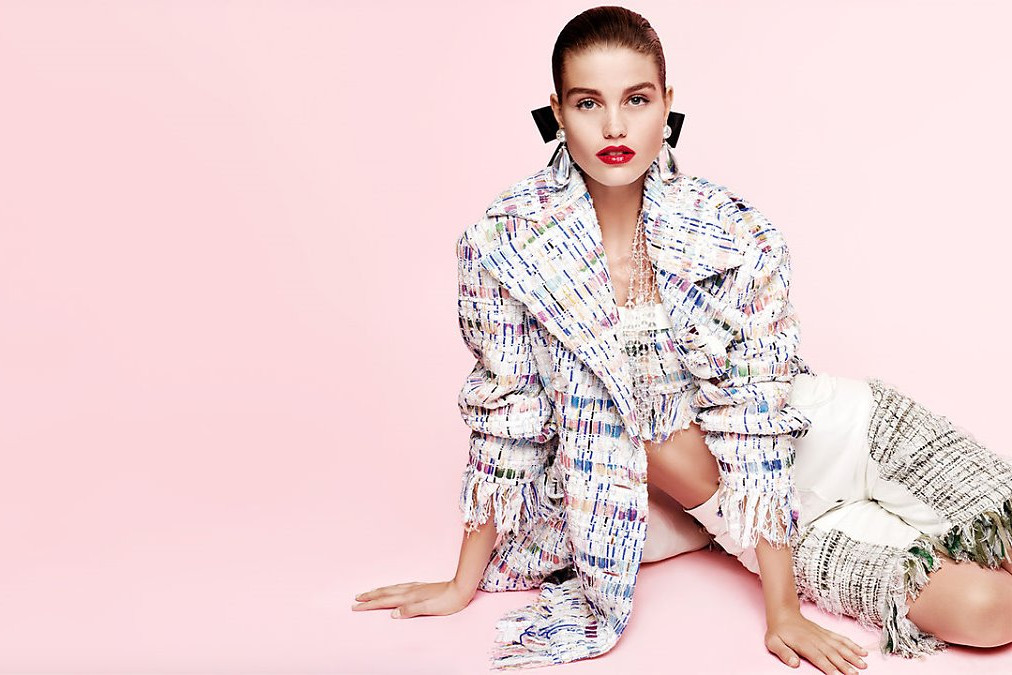
In those same years, the fantasy jewels fashion started out: showy and colored stones, costume jewelry, were to be alternated with pendants, pearls and crystal glasses, thus creating a decorating element that livened up the minimal and essential clothes. At the time, in Deauville’s streets it wasn’t unusual to see women wearing masculine blazer or Spencer jackets, white shirts and ties with straight skirts.

The revolutionary Coco put menswear in the service of the female wardrobe, and had shorten skirts just up to the calf, never showing the knee, one of the less charming part of the women’s body in her opinion. Anything she did was immediately successful, thanks to that innovative and challenging distinction that she had; one good example was the garçonne haircut in 1920.
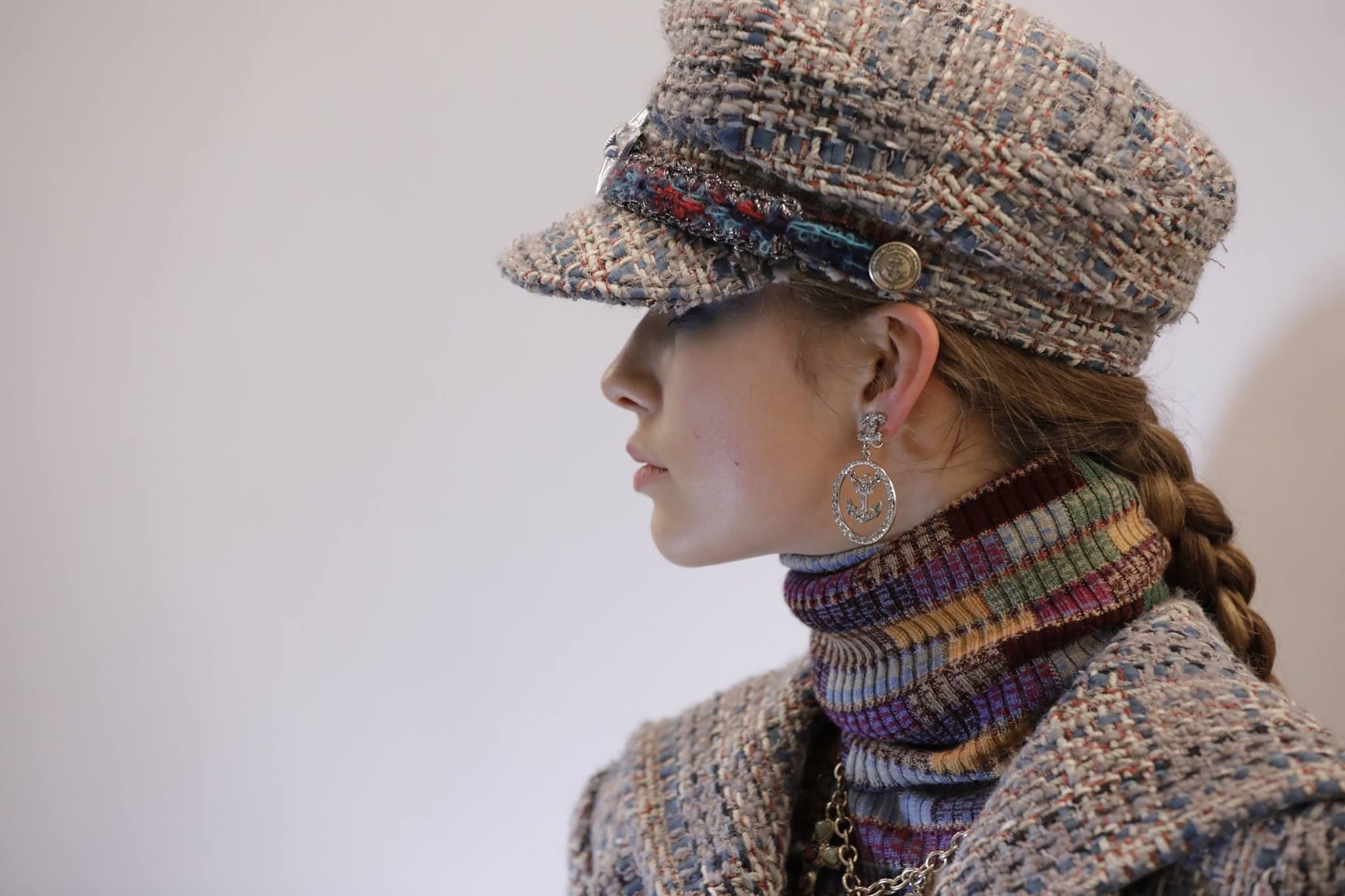
In the meanwhile, monsieur le tailleur started appearing. A 30s picture shows Coco wearing a tweed suit with an extremely slim line, fashionable at that time: a white blouse, a leather belt slightly clenching the waist, strings of pearls and orchids, and a small hat made of the same fabric. Her suit would then be decorated with classy passementerie edgings and golden buttons.
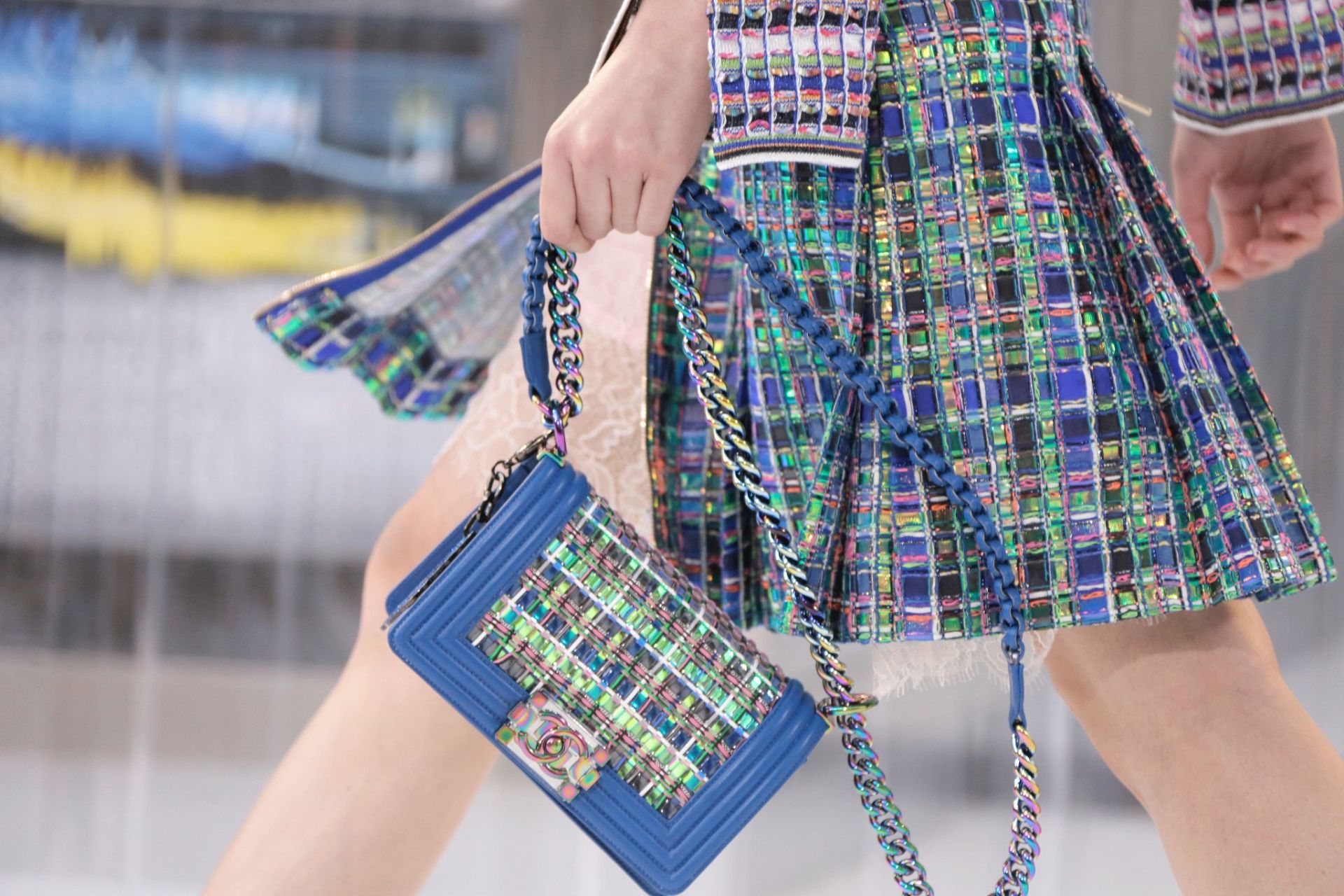
For her white, black, navy and beige models she chose soft and falling fabrics, such as vicuna, gabardine, jersey and tweed, that she started loving thanks to the Duke of Westminster. There is also velvet and, later, a type of fabric that will remain in Chanel’s story thanks to its special manufacturing.
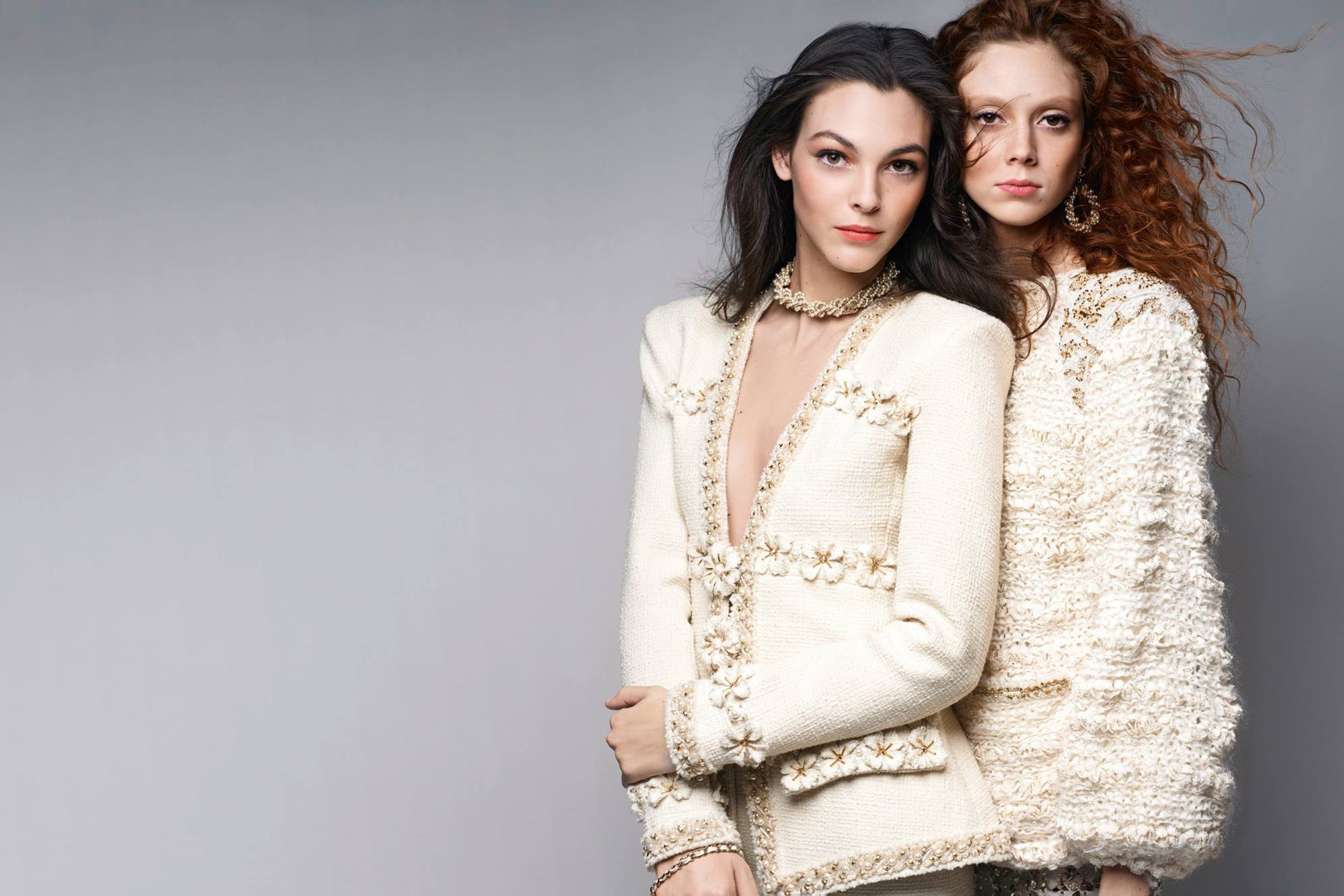
During the 30s, Chanel’s fame reached its highest point, and it released the padded leather bag with a metal fine chain - the 2.55 and the Timeless CC, icons of the brand just as the famous bicolour shoes with exposed heels, that Massaro created in the 60s - and the breton striped pull, to be worn with comfortable masculine trousers. That was a must for that time, that stars like Jean Harlow and Joan Crawford used to wear.
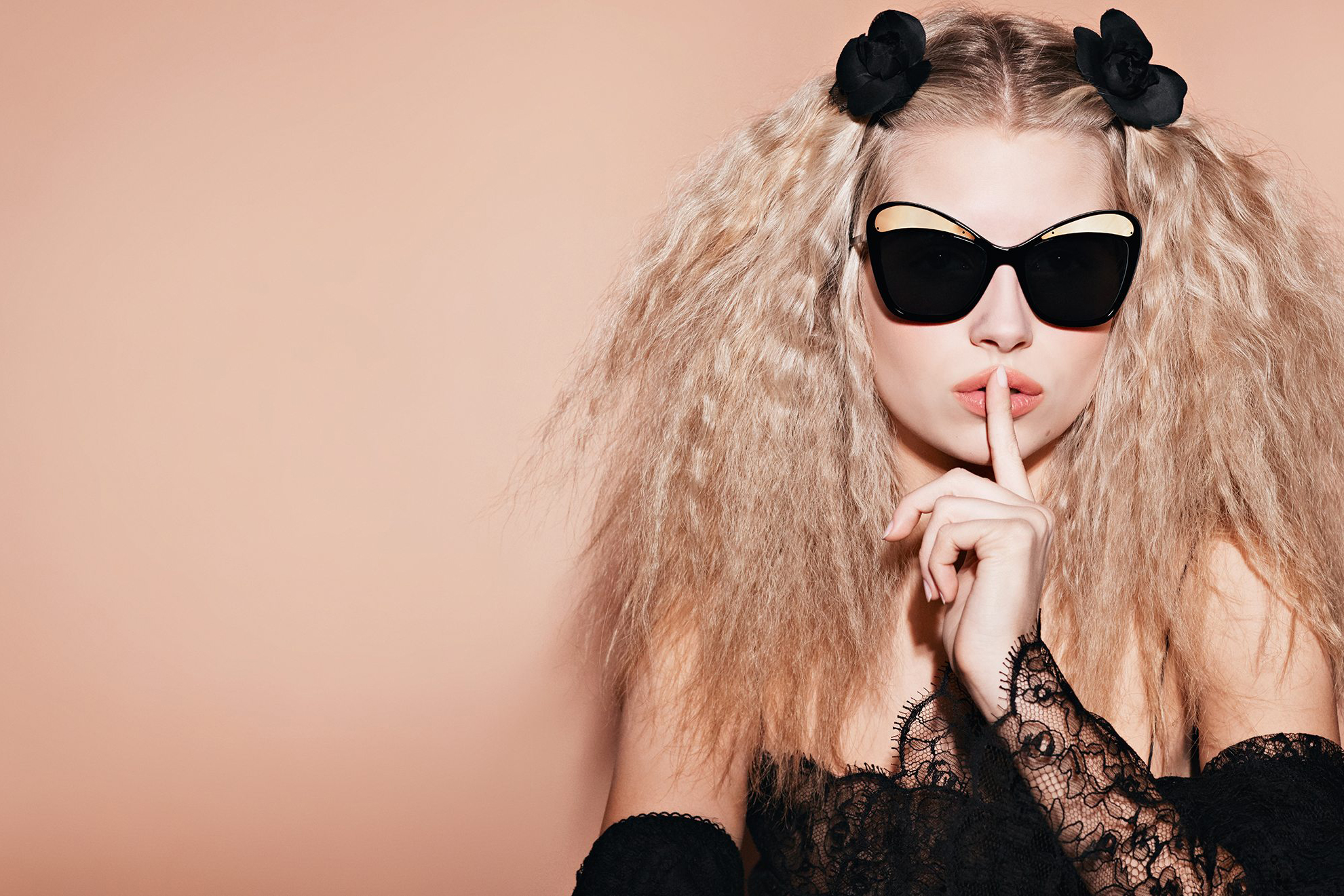
With the end of the 30s, and the beginning of the Second World War, an extraordinary moment for Coco ended; she will be away for a long time, until 1954. The New Look and the Christian Dior’s style, with their over-elaborated and solemn beauty, were an offence for her ideal of woman. She opened up again her maison at 71 years old, proposing again the beloved suit and the tricot, with collection N.5. Revers-less jackets and plain straight skirts: it was a new success, and she won the Fashion Oscar Neiman-Marcus in 1957.
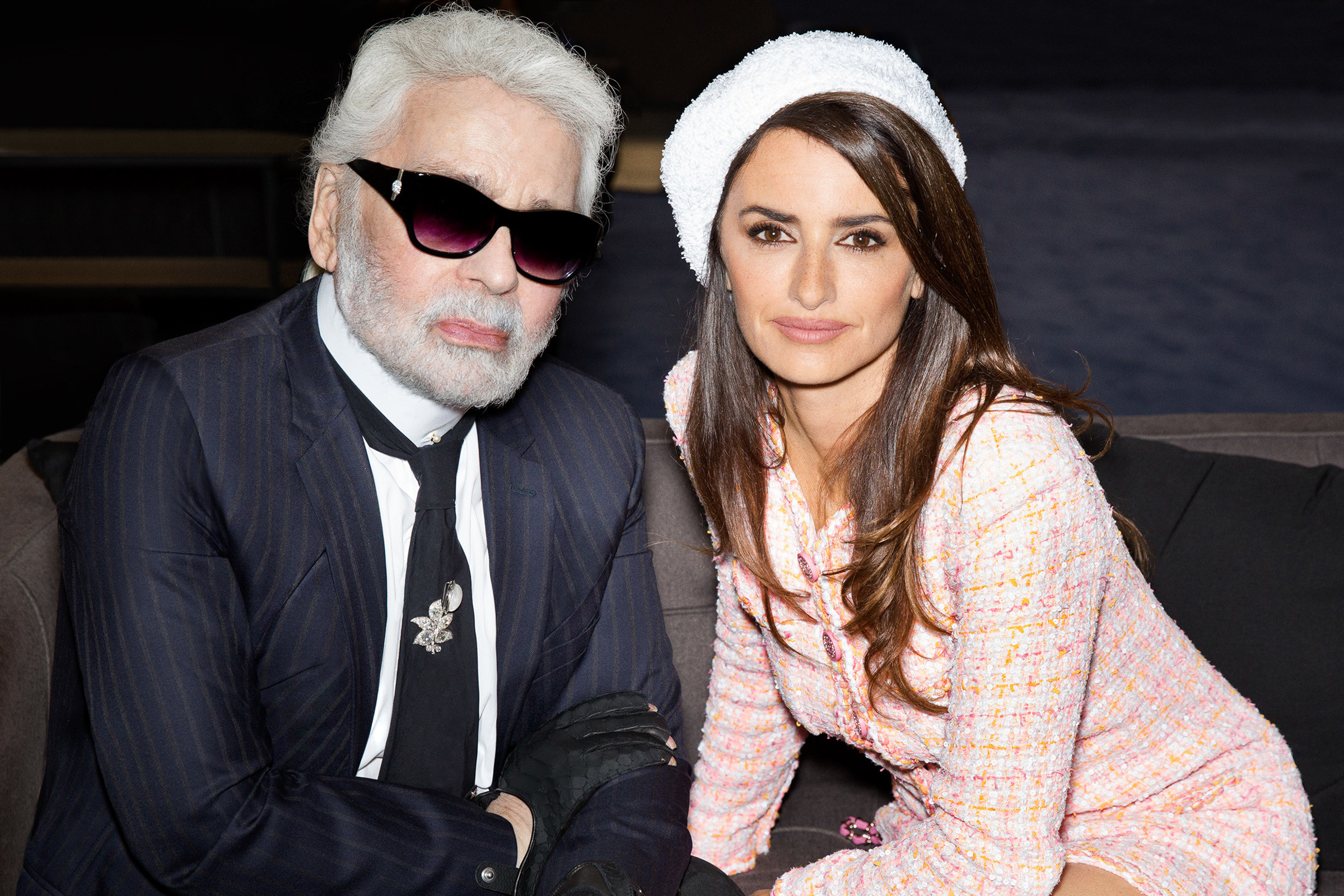
Chanel’s suit, with a strip stressing edges and pockets, was a masterpiece with clear lines and a tailored cut. They took measurements folding the mannequin’s arm on her shoulders, and the perfect shape was guaranteed thanks to a metal chain inside the lining.
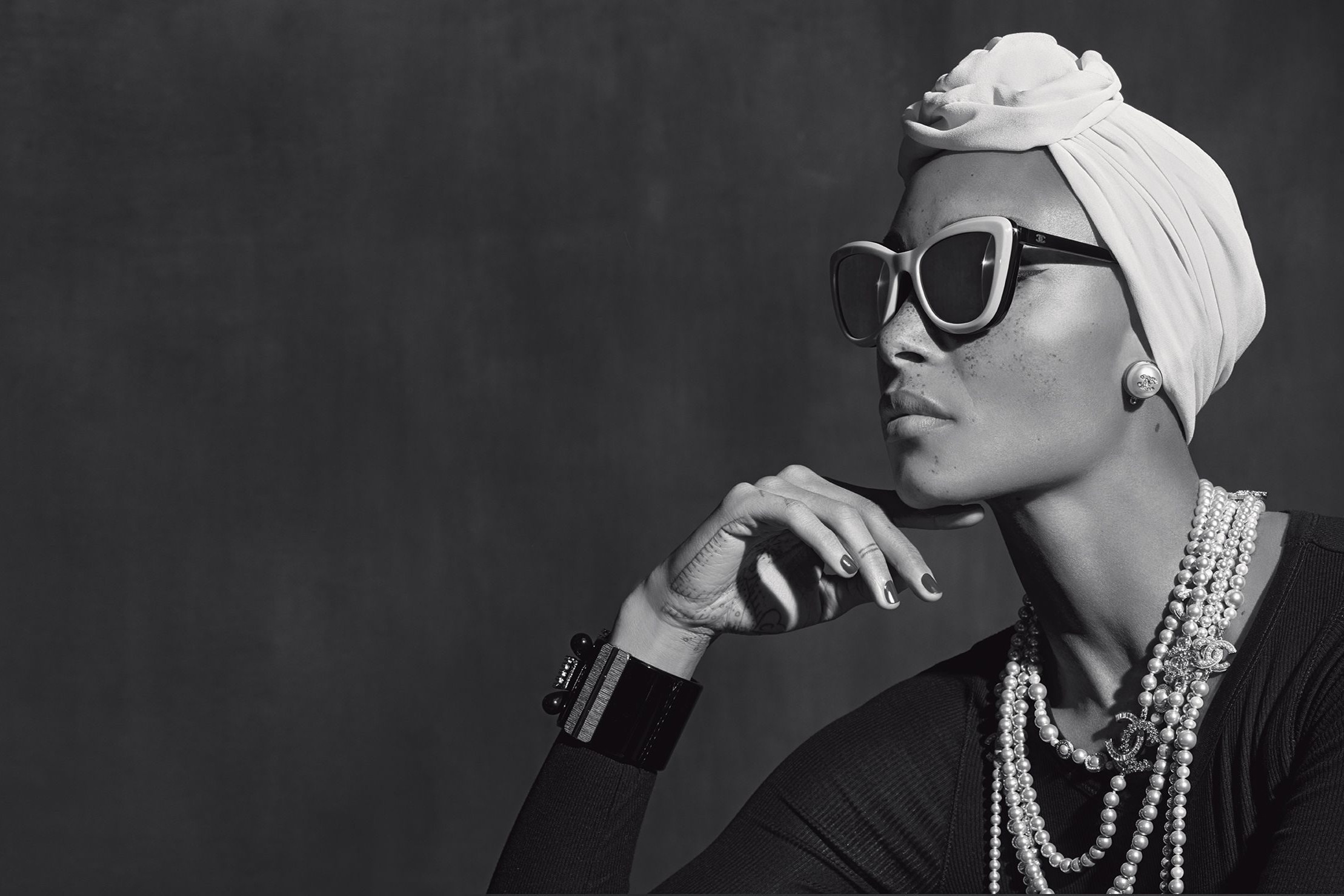
This trick had later been widely used for the high couture clothes, especially during the 60s. The charming nuance was given by the lion-head buttons, the designer’s astrological sign (Leo), with camellia, her favourite flower, or with the double C, that is the brand’s iconic mark since 1959.
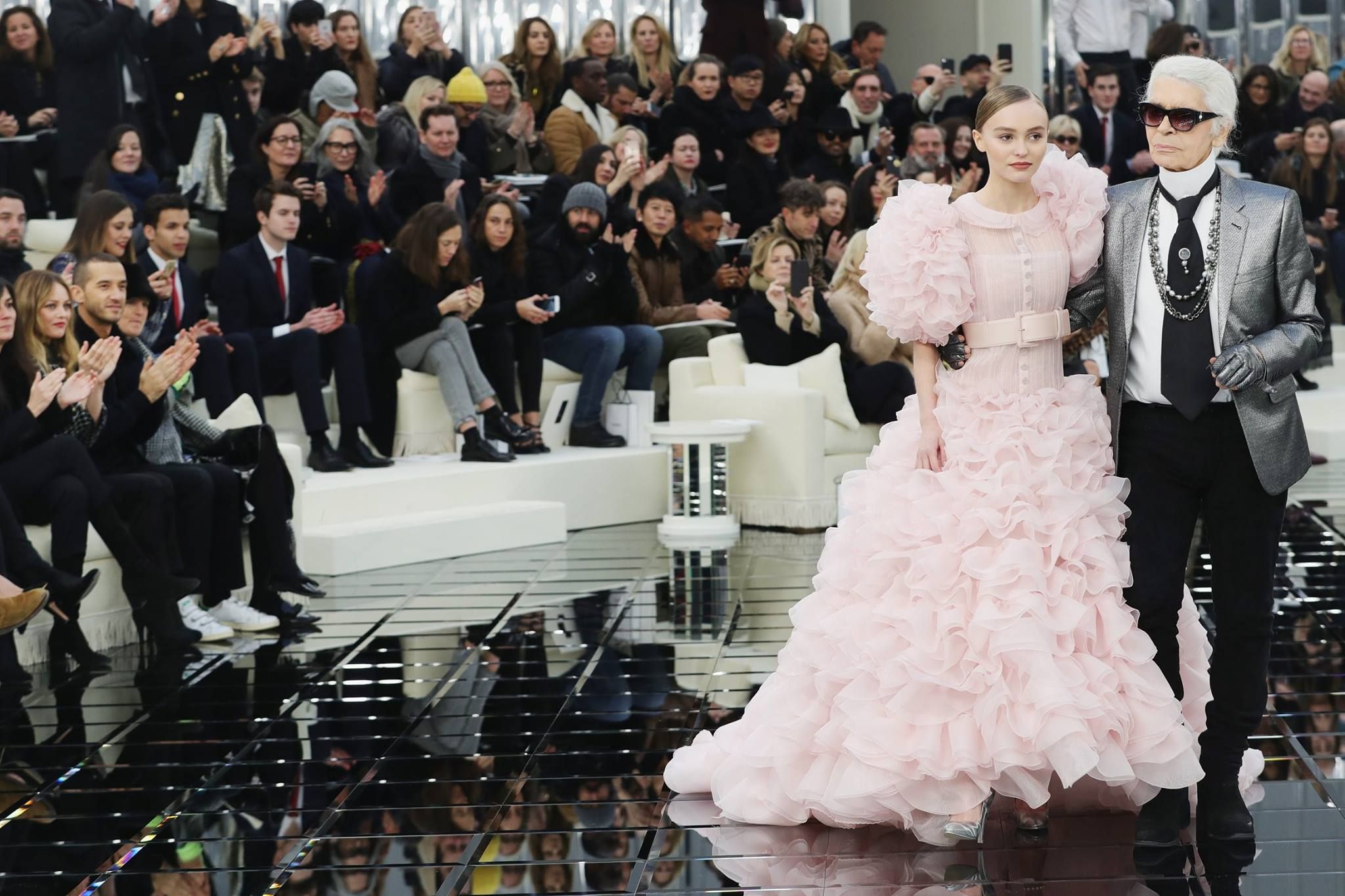
Chanel’s femininity essence is contained in N°5, one of the first perfumes to be synthetically created. During Paris’s liberation, after the Second World War, the American soldiers were queuing in front of the Rue de Cambon’s perfume shop, the only Chanel boutique that was kept open during the war.
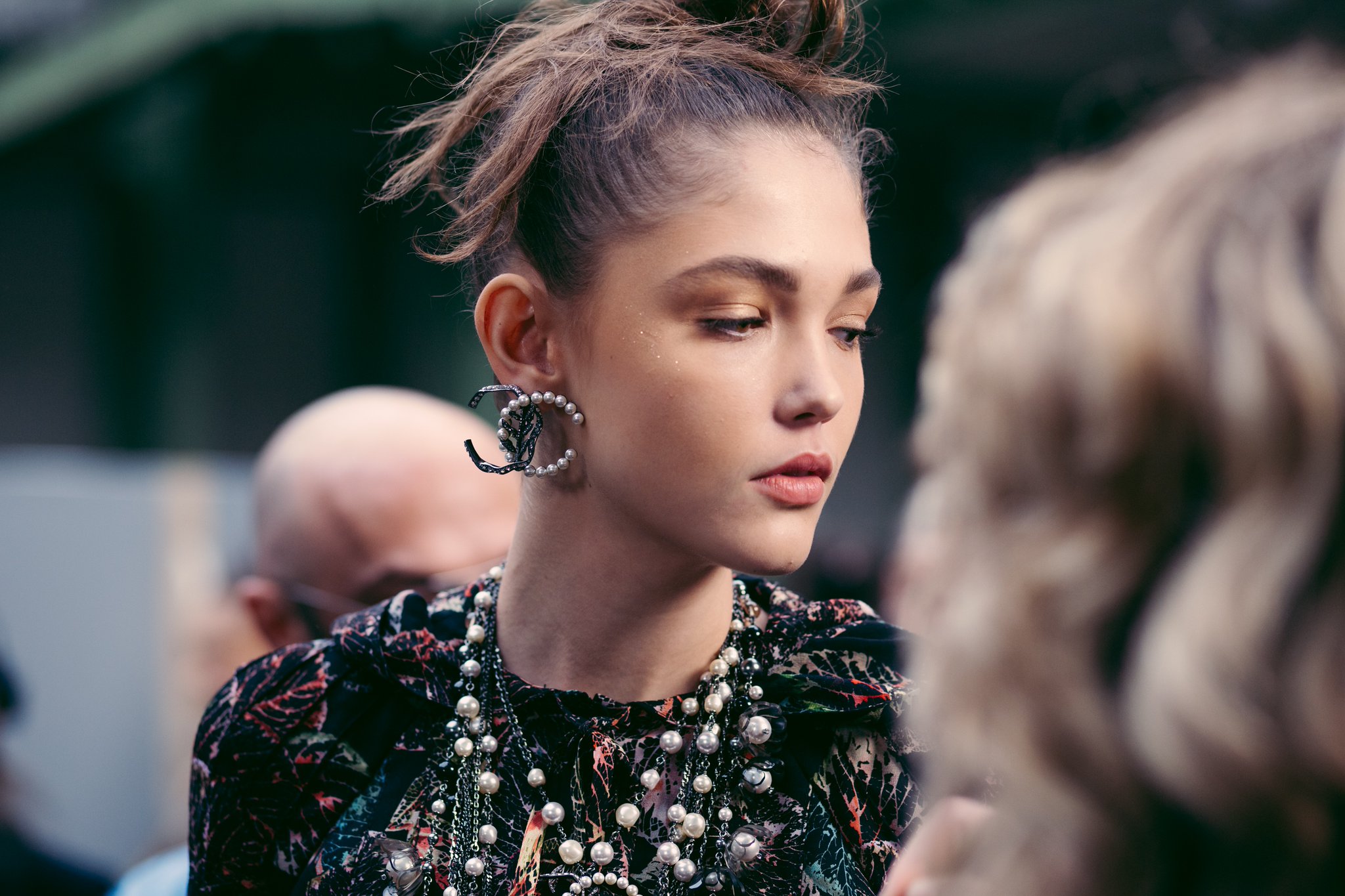
Two drops of this perfume made Marilyn Monroe an everlasting sensual icon. The association with the American Hollywood star was one of the first marketing deals in the history of fashion.
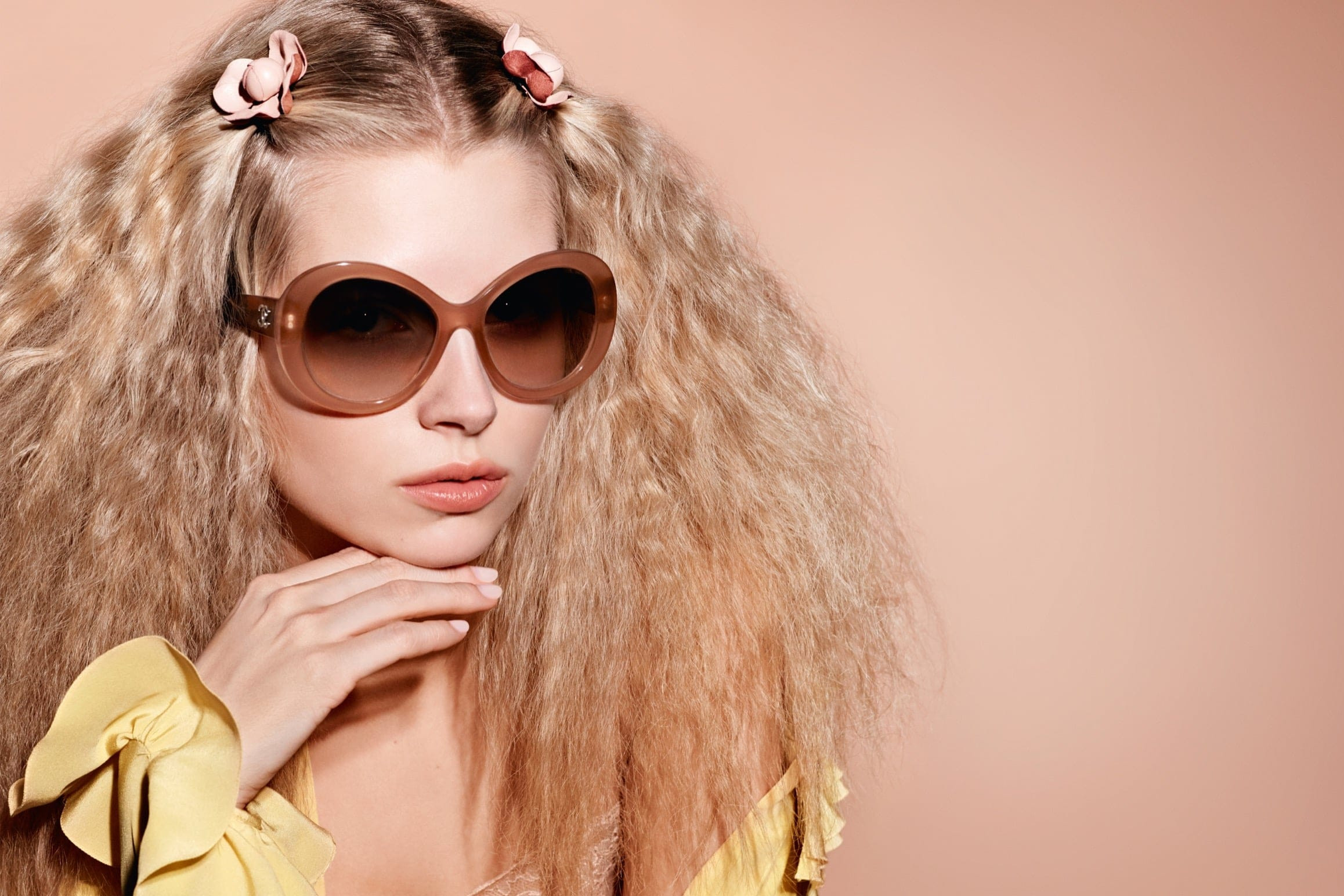
Many celebrities have been later involved: in the 60s, the advertising campaign of N.5 starred Catherine Deneuve and, more recently, Nicole Kidman, Audrey Tautou, Keira Knightley and Vanessa Paradis. Coco renewed the aesthetic standard of an era, without any special intellectual connection, but using plain materials and ordinary clothes, and creating a timeless fashion style, that seduced women like Jackie Kennedy, and Marie-Hélène De Rotschild, belonging to the French high society.
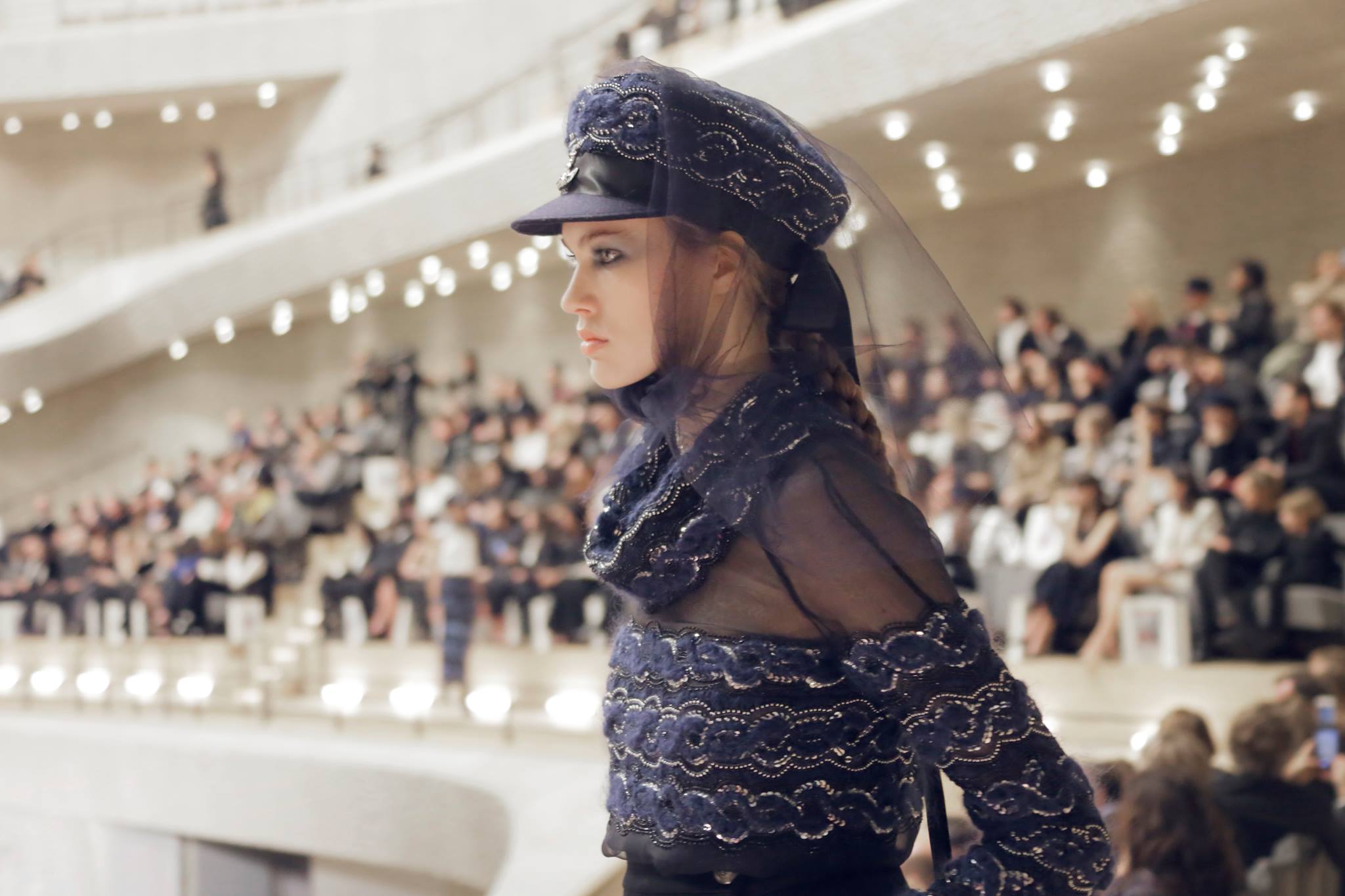
In 1971, after her death, the maison was being managed by her co-workers Gaston Berthelot and Ramon Esparza, and the atelier by Jean Cazaubon and Yvonne Dudel. In 1978, Philippe Guibourgé worked on the first prêt-à-porter collection. Since 1983, Karl Lagerfeld started working on the Haute Couture, and since 1984 the fashion designer became the brand’s creative director, also for croisière and accessories.

Nowadays, the griffe is a perfect blend of her founder, Lagerfeld’s eclecticism and the marketing strategies of Wertheimer, a company that controls the brand, from clothing to cosmetics and jewelry. With his talent, Lagerfeld made Chanel a cult brand worldwide.
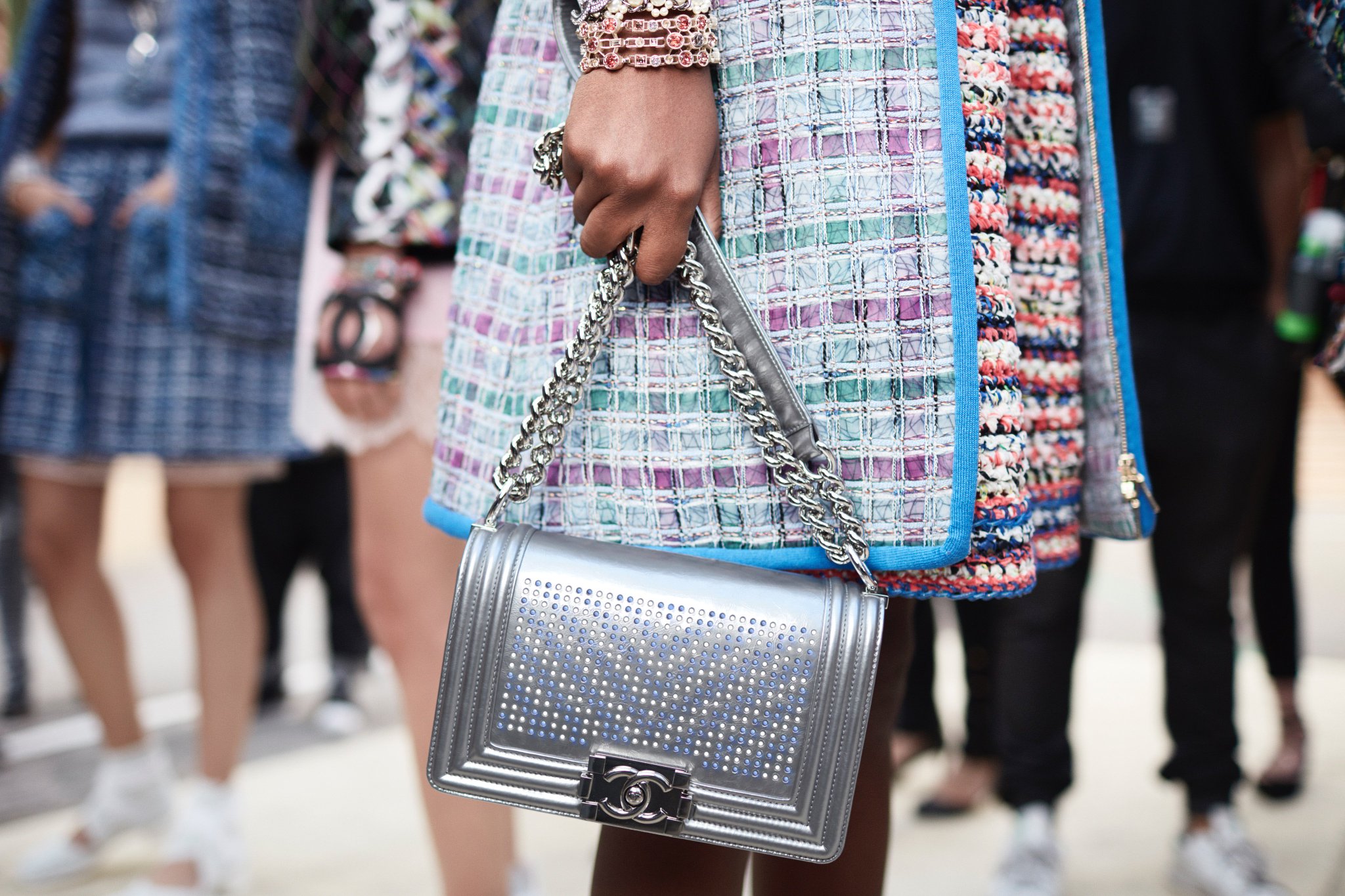
During the 80s, the Chanel woman was represented by Inès de La Fressange and had a dynamic and cosmopolitan image, wearing breton pulls and sweaters holding the maison’s symbols: number 5, the two C and camellias. During those same years, Lagerfeld uses black leather for his creations, bringing it up to be the protagonist of a whole collection, and embellishing it with golden buttons with the two C.
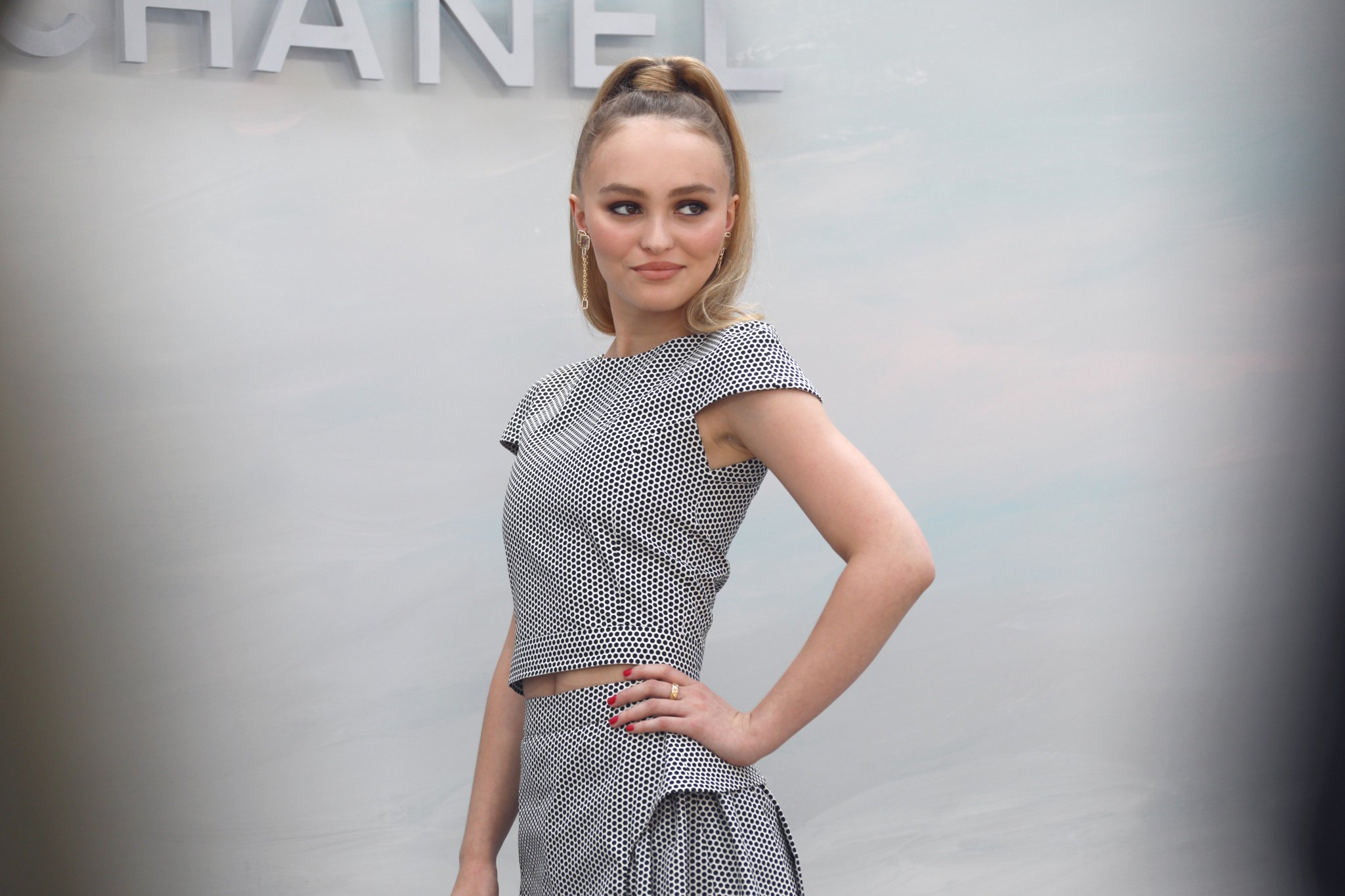
Since 1987, Lagerfeld also worked as the official photographer of all the maison’s advertising campaigns, giving them the personal and precious point of view of an artist and creator. In autumn 1996, the top models were dressed up as modern Amazons, and entered the runway on a moving walkway.
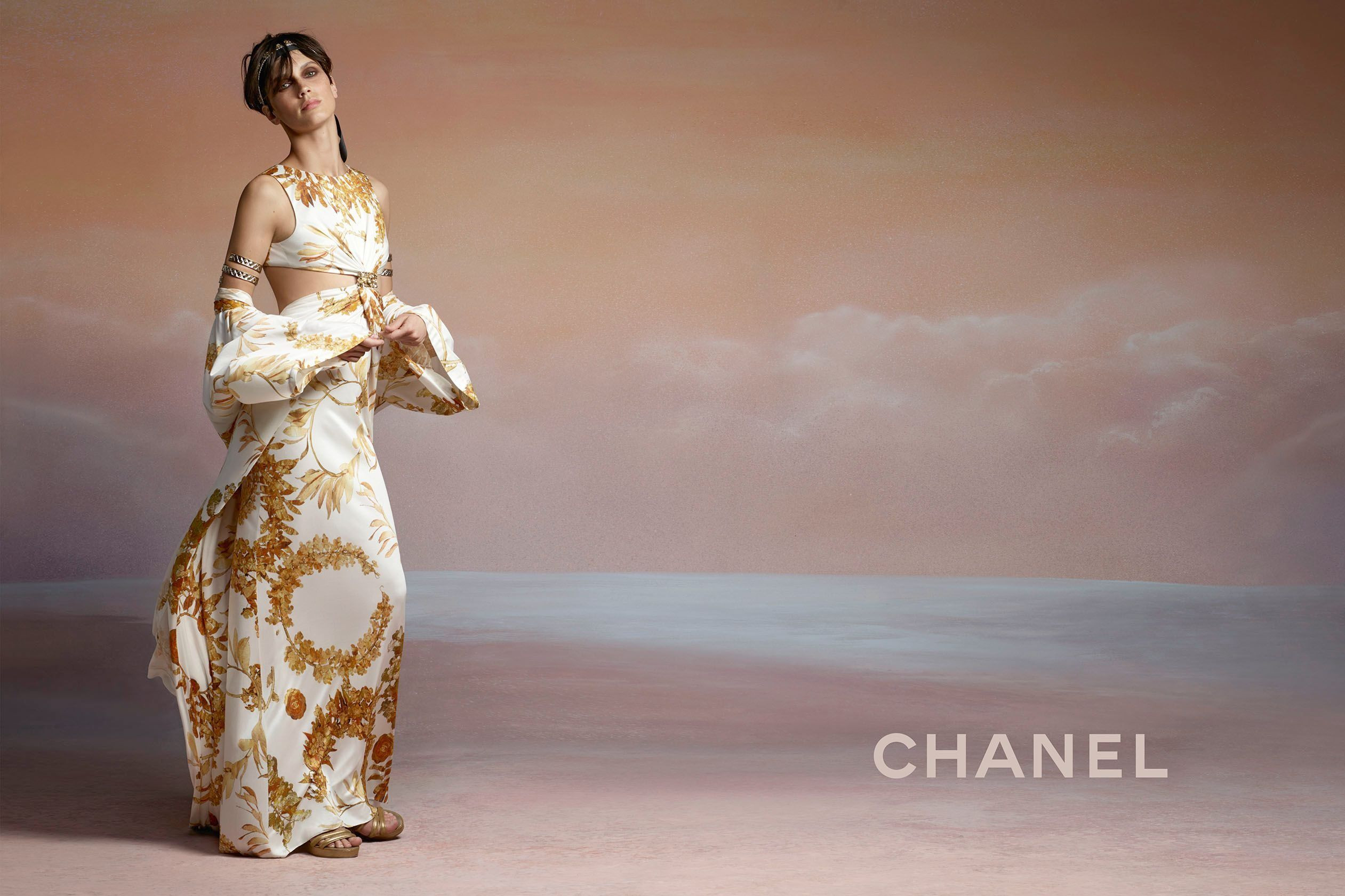
Products Chanel
Chanel
The Revolutionary Coco

“Actually, no-one has ever done anything new since that time. It’s all still based on Chanel’s style around 1925” - Walter Albini

Identity

Gabrielle Chanel, a strong and ambitious woman, overturned the women fashion, that was constrained within a rigid social pattern.

Chanel the “modiste” didn’t belong to the Parisian aristocracy, nor to the high bourgeoisie, but she managed to make à la page the dressmakers and saleswomen’s dresses even for the rich ladies from Deauville. She was born on August 19th, 1883, in a small village in the South of France; Coco started out in the fashion industry in 1908, creating hats in Paris and later in Deauville. In the 10s, those cities plus Biarritz saw the opening of her first shops.

During the Belle Epoque, women were constrained in rigid corsets and wore pleated, draped and reinforced dresses with petticoats. Furthermore, you have to consider that the taste of the time imposed an exotic and oriental appeal.

It is not difficult to imagine how a fashion style aiming at overturning those rules was considered visionary and impudent at that time. In the same years, Paul Poiret and Mademoiselle Vionnet freed women from corselettes, while Paquin introduced a flowing shape and an Empire style waist.

While Coco Chanel, that wore menswear, with a fondness for the comfortable, androgynous and sporting style - created to follow the body, not to dominate it - wanted to empower women and make them independent.

Thus, it’s easily understood how she had been ostracized in her first work years. Meanwhile, the First World War broke out, and all extravagances were appeased, because during war times customs must be sober; but women’s participation in public life increases, they work and have the right to vote.

Coco aimed at a décontracté style, such as long straight skirts, cardigans, flowing blouses with loose belts clenched at the waist. And the more suitable fabric for her needs was the jersey, for which she obtained the sole rights in 1916.

In 1920, her historic office in 31, Rue de Cambon opened up, and in 1921 she launched the most famous perfume ever, Chanel n. 5, that was later followed by many others, such as N. 22 Gardénia or Cuir de Russie, and finally N. 19 in the 70s.

Corsets and whalebones were then far away, and Chanel’s woman was free to fully show her charm: she was not voluptuously beautiful, but a sporting and independent worker, she was a paean to naturalness. Around mid 20s, she introduced the petit robe noire, a black dress in the shape of a bag or an apron, with no marks on the waist but with white cuffs and collars, to be worn with cloche hats.

In those same years, the fantasy jewels fashion started out: showy and colored stones, costume jewelry, were to be alternated with pendants, pearls and crystal glasses, thus creating a decorating element that livened up the minimal and essential clothes. At the time, in Deauville’s streets it wasn’t unusual to see women wearing masculine blazer or Spencer jackets, white shirts and ties with straight skirts.

The revolutionary Coco put menswear in the service of the female wardrobe, and had shorten skirts just up to the calf, never showing the knee, one of the less charming part of the women’s body in her opinion. Anything she did was immediately successful, thanks to that innovative and challenging distinction that she had; one good example was the garçonne haircut in 1920.

In the meanwhile, monsieur le tailleur started appearing. A 30s picture shows Coco wearing a tweed suit with an extremely slim line, fashionable at that time: a white blouse, a leather belt slightly clenching the waist, strings of pearls and orchids, and a small hat made of the same fabric. Her suit would then be decorated with classy passementerie edgings and golden buttons.

For her white, black, navy and beige models she chose soft and falling fabrics, such as vicuna, gabardine, jersey and tweed, that she started loving thanks to the Duke of Westminster. There is also velvet and, later, a type of fabric that will remain in Chanel’s story thanks to its special manufacturing.

During the 30s, Chanel’s fame reached its highest point, and it released the padded leather bag with a metal fine chain - the 2.55 and the Timeless CC, icons of the brand just as the famous bicolour shoes with exposed heels, that Massaro created in the 60s - and the breton striped pull, to be worn with comfortable masculine trousers. That was a must for that time, that stars like Jean Harlow and Joan Crawford used to wear.

With the end of the 30s, and the beginning of the Second World War, an extraordinary moment for Coco ended; she will be away for a long time, until 1954. The New Look and the Christian Dior’s style, with their over-elaborated and solemn beauty, were an offence for her ideal of woman. She opened up again her maison at 71 years old, proposing again the beloved suit and the tricot, with collection N.5. Revers-less jackets and plain straight skirts: it was a new success, and she won the Fashion Oscar Neiman-Marcus in 1957.

Chanel’s suit, with a strip stressing edges and pockets, was a masterpiece with clear lines and a tailored cut. They took measurements folding the mannequin’s arm on her shoulders, and the perfect shape was guaranteed thanks to a metal chain inside the lining.

This trick had later been widely used for the high couture clothes, especially during the 60s. The charming nuance was given by the lion-head buttons, the designer’s astrological sign (Leo), with camellia, her favourite flower, or with the double C, that is the brand’s iconic mark since 1959.

Chanel’s femininity essence is contained in N°5, one of the first perfumes to be synthetically created. During Paris’s liberation, after the Second World War, the American soldiers were queuing in front of the Rue de Cambon’s perfume shop, the only Chanel boutique that was kept open during the war.

Two drops of this perfume made Marilyn Monroe an everlasting sensual icon. The association with the American Hollywood star was one of the first marketing deals in the history of fashion.

Many celebrities have been later involved: in the 60s, the advertising campaign of N.5 starred Catherine Deneuve and, more recently, Nicole Kidman, Audrey Tautou, Keira Knightley and Vanessa Paradis. Coco renewed the aesthetic standard of an era, without any special intellectual connection, but using plain materials and ordinary clothes, and creating a timeless fashion style, that seduced women like Jackie Kennedy, and Marie-Hélène De Rotschild, belonging to the French high society.

In 1971, after her death, the maison was being managed by her co-workers Gaston Berthelot and Ramon Esparza, and the atelier by Jean Cazaubon and Yvonne Dudel. In 1978, Philippe Guibourgé worked on the first prêt-à-porter collection. Since 1983, Karl Lagerfeld started working on the Haute Couture, and since 1984 the fashion designer became the brand’s creative director, also for croisière and accessories.

Nowadays, the griffe is a perfect blend of her founder, Lagerfeld’s eclecticism and the marketing strategies of Wertheimer, a company that controls the brand, from clothing to cosmetics and jewelry. With his talent, Lagerfeld made Chanel a cult brand worldwide.

During the 80s, the Chanel woman was represented by Inès de La Fressange and had a dynamic and cosmopolitan image, wearing breton pulls and sweaters holding the maison’s symbols: number 5, the two C and camellias. During those same years, Lagerfeld uses black leather for his creations, bringing it up to be the protagonist of a whole collection, and embellishing it with golden buttons with the two C.

Since 1987, Lagerfeld also worked as the official photographer of all the maison’s advertising campaigns, giving them the personal and precious point of view of an artist and creator. In autumn 1996, the top models were dressed up as modern Amazons, and entered the runway on a moving walkway.

Products Chanel
-
Chanel - Rectangular Blue Light Glasses - Black - Chanel Eyewear
Rectangular blue light glasses with Acetate frames.
437,00 € -
Chanel - Cat Eye Blue Light Glasses - Black - Chanel Eyewear
Cat Eye blue light glasses with Acetate frames.
460,00 € -
Chanel - Square Blue Light Glasses - Dark Tortoise - Chanel Eyewear
Square blue light glasses with Acetate frames.
460,00 € -
Chanel - Rectangular Sunglasses - Black Orange Gray Gradient - Chanel Eyewear
Rectangular sunglasses with acetate & tweed frames.
800,00 € -
Chanel - Rectangular Sunglasses - Black Gold Gray - Chanel Eyewear
Rectangular sunglasses with acetate & tweed frames.
800,00 € -
Chanel - Cat-Eye Sunglasses - Multicolor Gray Gradient - Chanel Eyewear
Cat-eye sunglasses with Acetate, Tweed & Diamanté frames.
750,00 € -
Chanel - Cat-Eye Sunglasses - Black Orange Gray Gradient - Chanel Eyewear
Cat-eye sunglasses with Acetate & Tweed frames.
750,00 € -
Chanel - Cat-Eye Sunglasses - Black Gray Gradient - Chanel Eyewear
Cat-eye sunglasses with Acetate & Tweed frames.
750,00 € -
Chanel - Cat-Eye Sunglasses - Black Gold Gray - Chanel Eyewear
Cat-eye sunglasses with Acetate & Tweed frames.
750,00 € -
Chanel - Butterfly Sunglasses - Black Gray Gradient - Chanel Eyewear
Butterfly sunglasses with acetate & metal frames.
570,00 € -
-
Chanel - Square Sunglasses - Black Gray Gradient - Chanel Eyewear
Square sunglasses with acetate & metal frames.
600,00 € -
Chanel - Butterfly Sunglasses - Black Gray Polarized Gradient - Chanel Eyewear
Butterfly sunglasses with acetate frames.
480,00 € -
Chanel - Rectangular Sunglasses - Black Gray Gradient - Chanel Eyewear
Rectangular sunglasses with acetate & metal frames.
520,00 € -
Chanel - Square Sunglasses - Black Gray Gradient - Chanel Eyewear
Square sunglasses with acetate & metal frames.
540,00 € -
Chanel - Butterfly Sunglasses - Gold - Chanel Eyewear
Butterfly sunglasses with metal frames.
620,00 € -
Chanel - Square Sunglasses - Black Gray Gradient - Chanel Eyewear
Square sunglasses with acetate & metal frames.
580,00 € -
Chanel - Butterfly Sunglasses - Silver Pink - Chanel Eyewear
Butterfly sunglasses with metal frames.
660,00 € -
Chanel - Square Sunglasses - Black Gray Gradient - Chanel Eyewear
Square sunglasses with metal frames.
580,00 € -
Chanel - Butterfly Sunglasses - Gold Brown - Chanel Eyewear
Butterfly sunglasses with metal frames.
660,00 € -
Chanel - Square Sunglasses - Gold Gray Gradient - Chanel Eyewear
Square sunglasses with metal frames.
580,00 €



